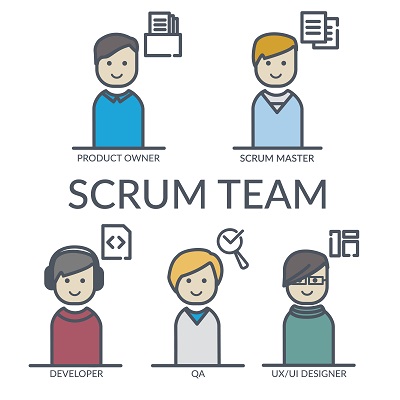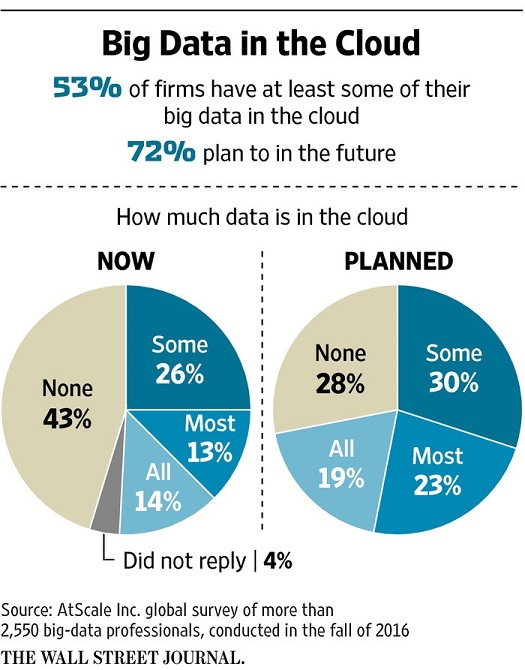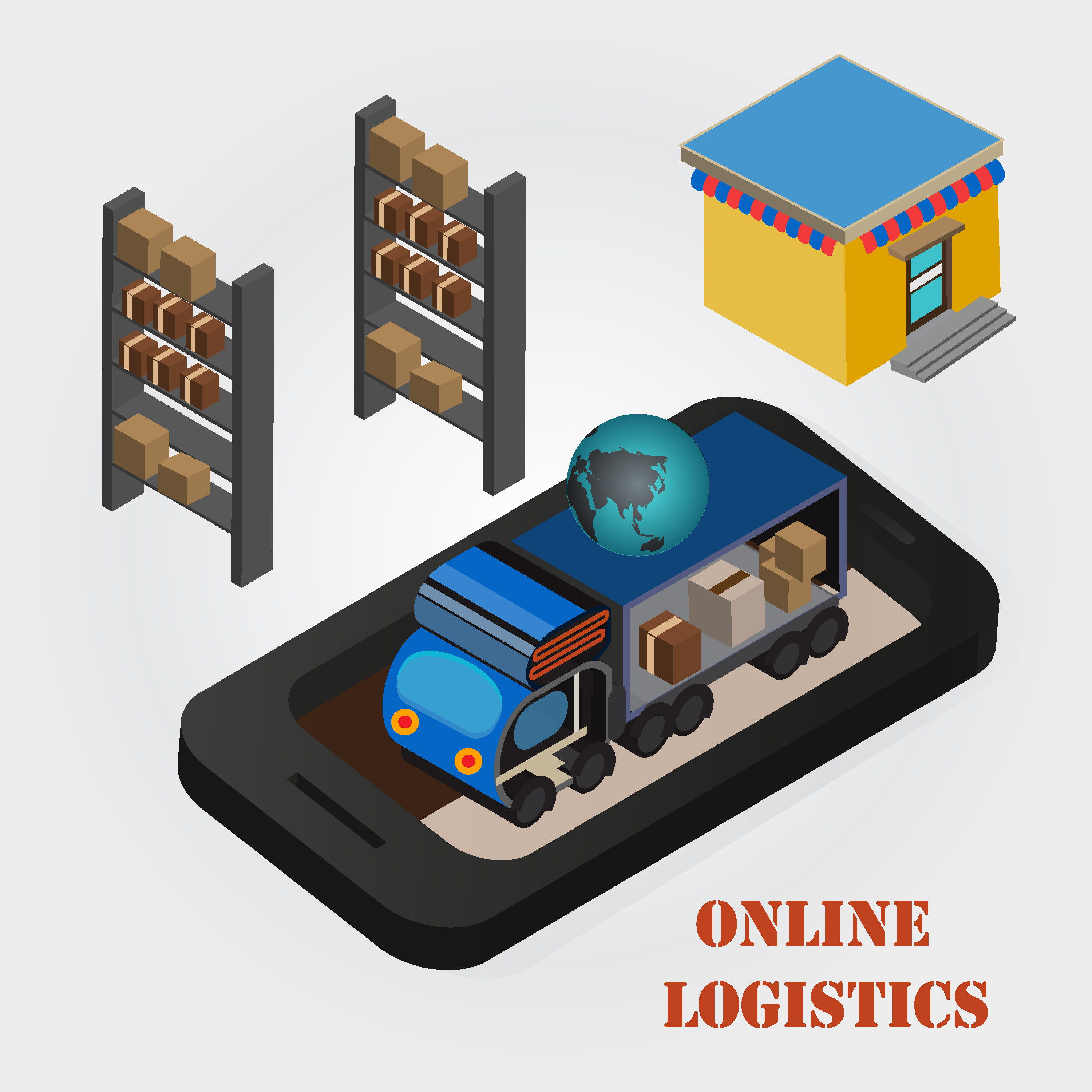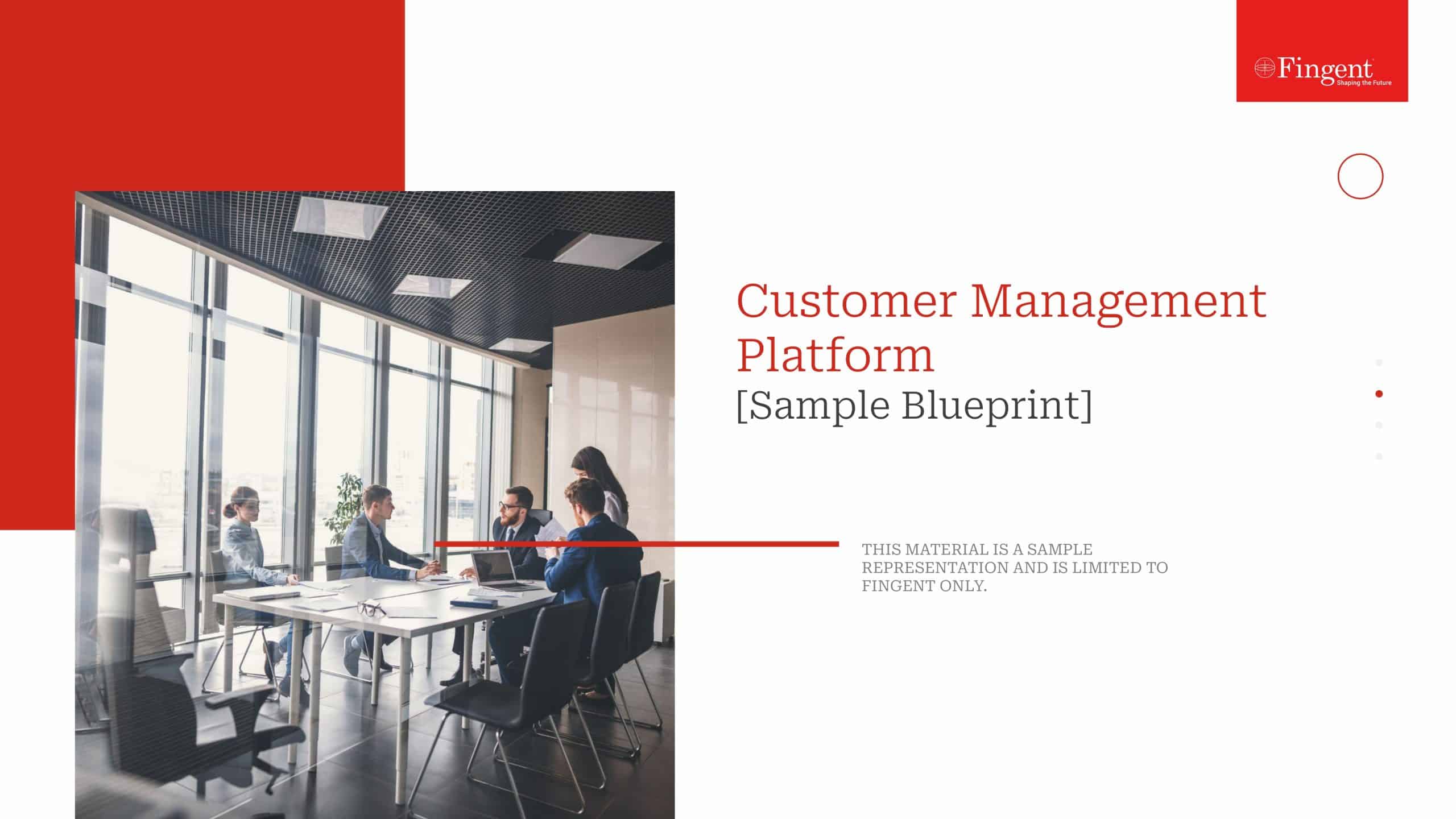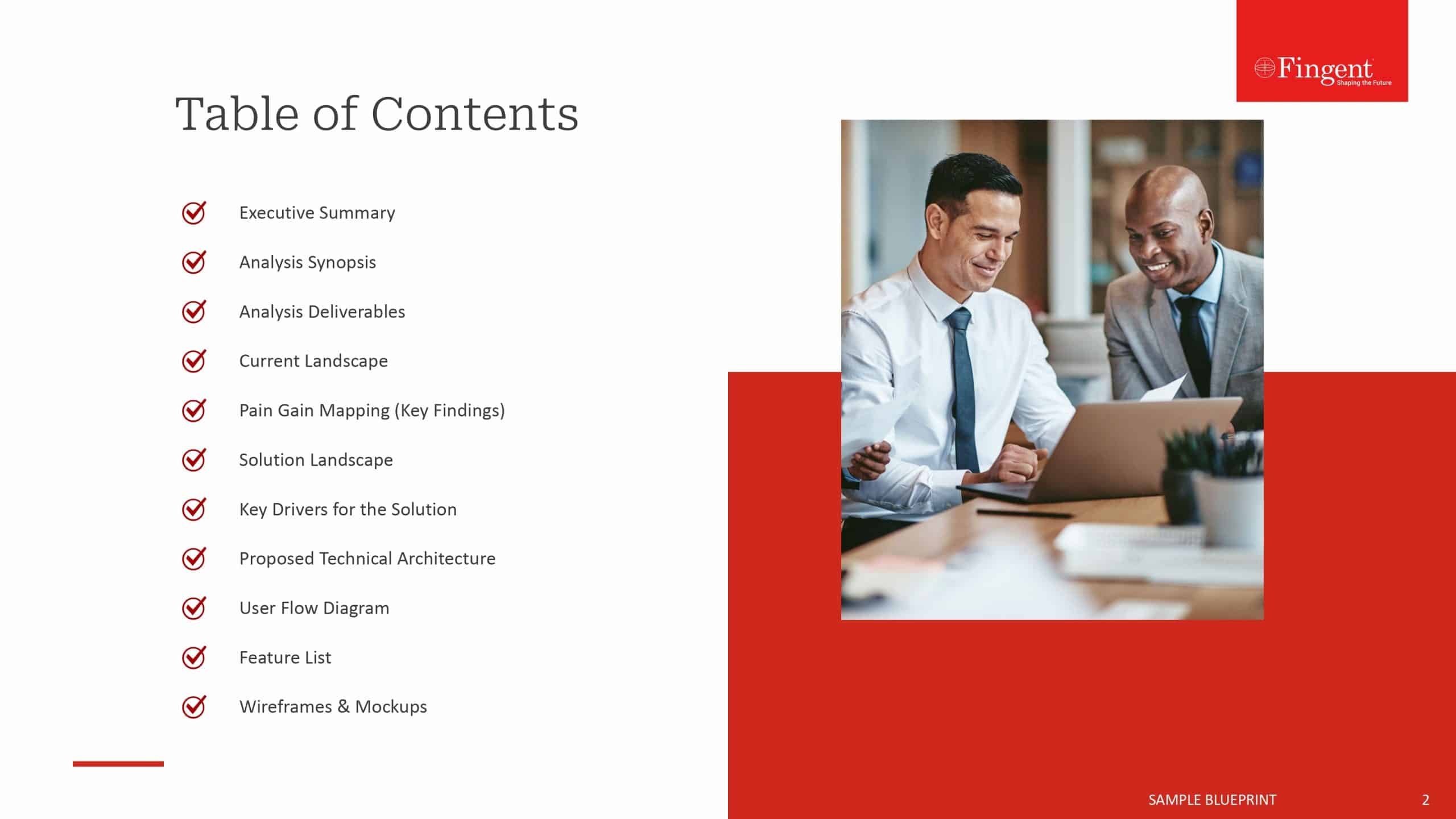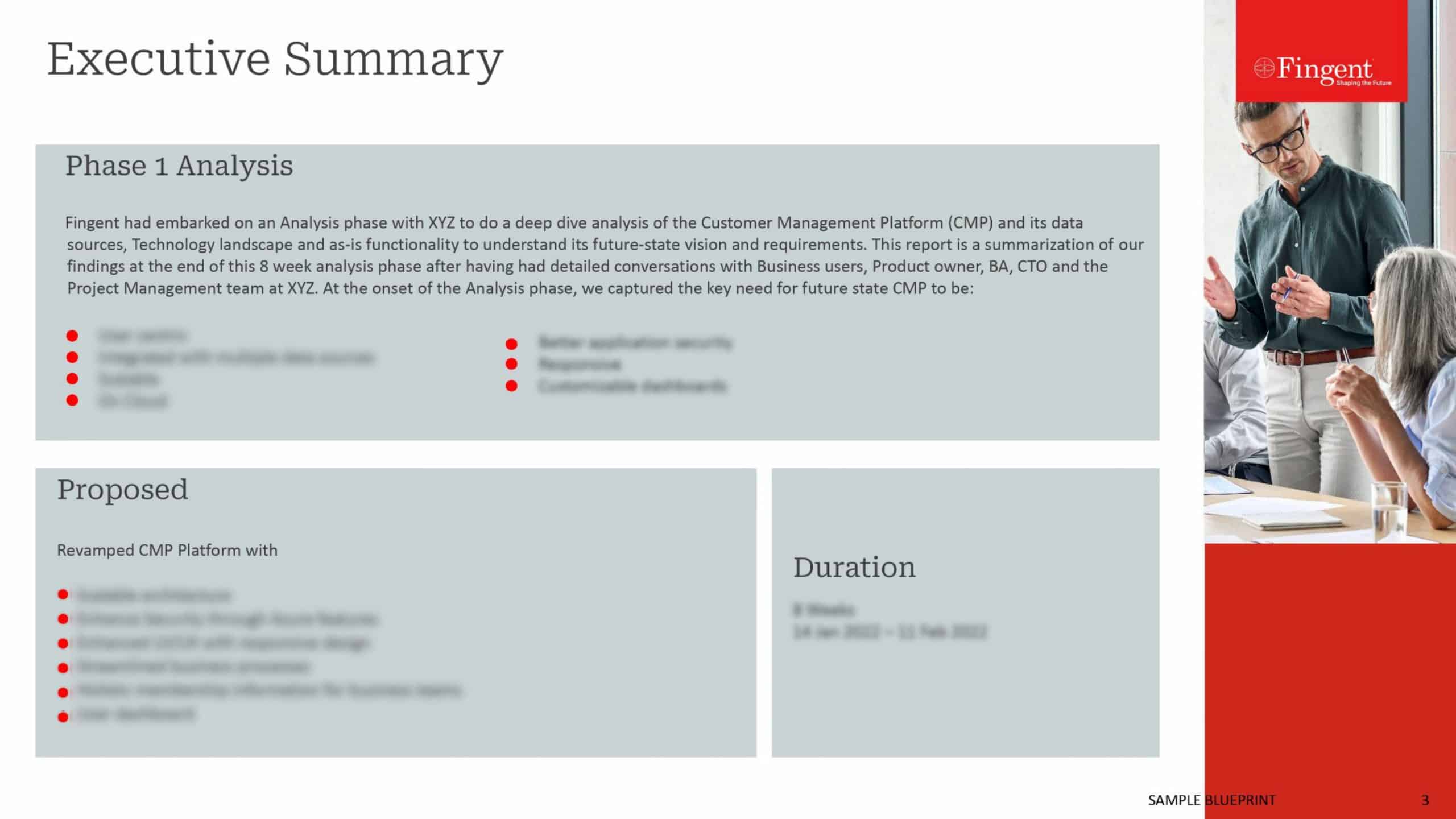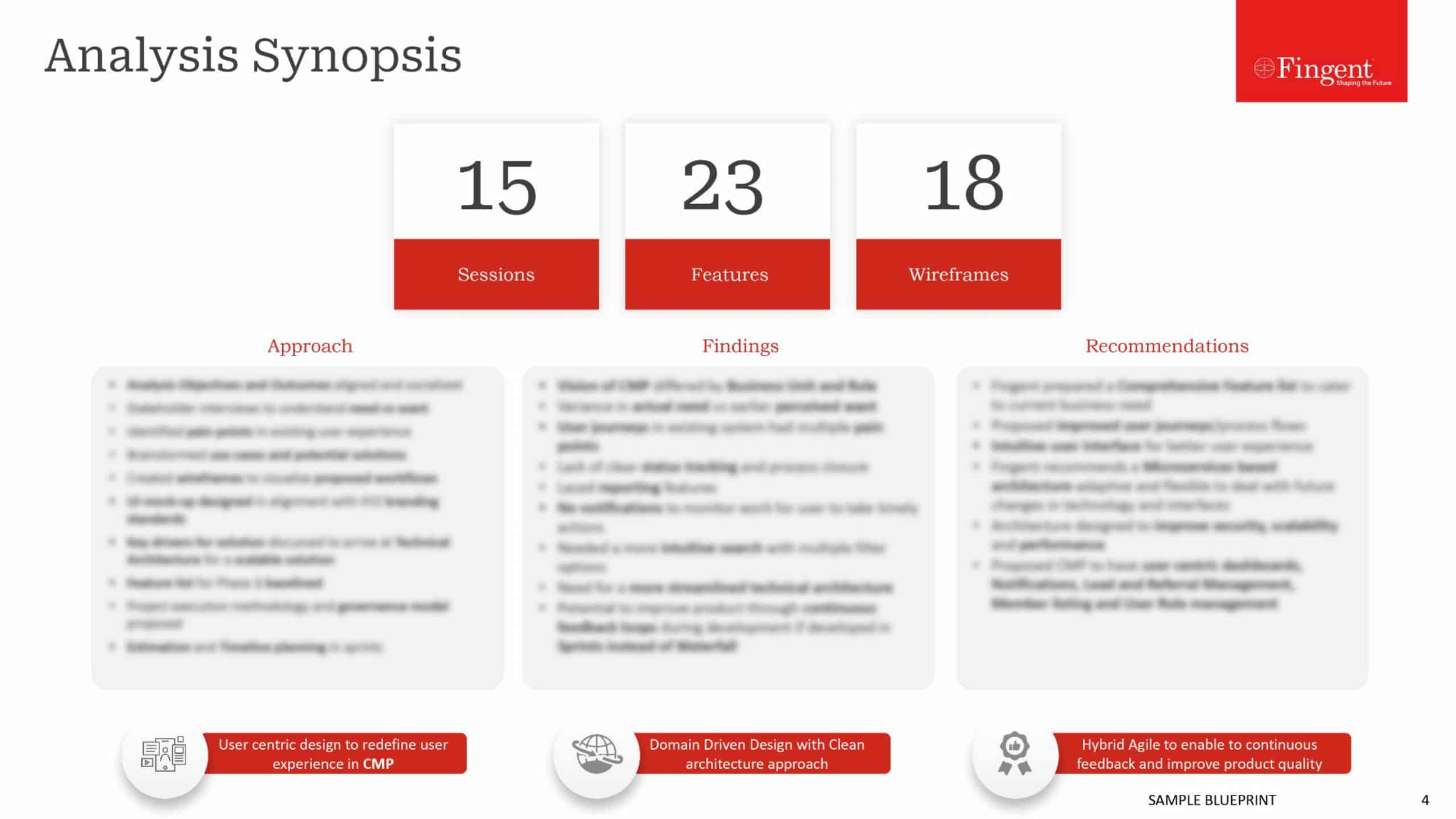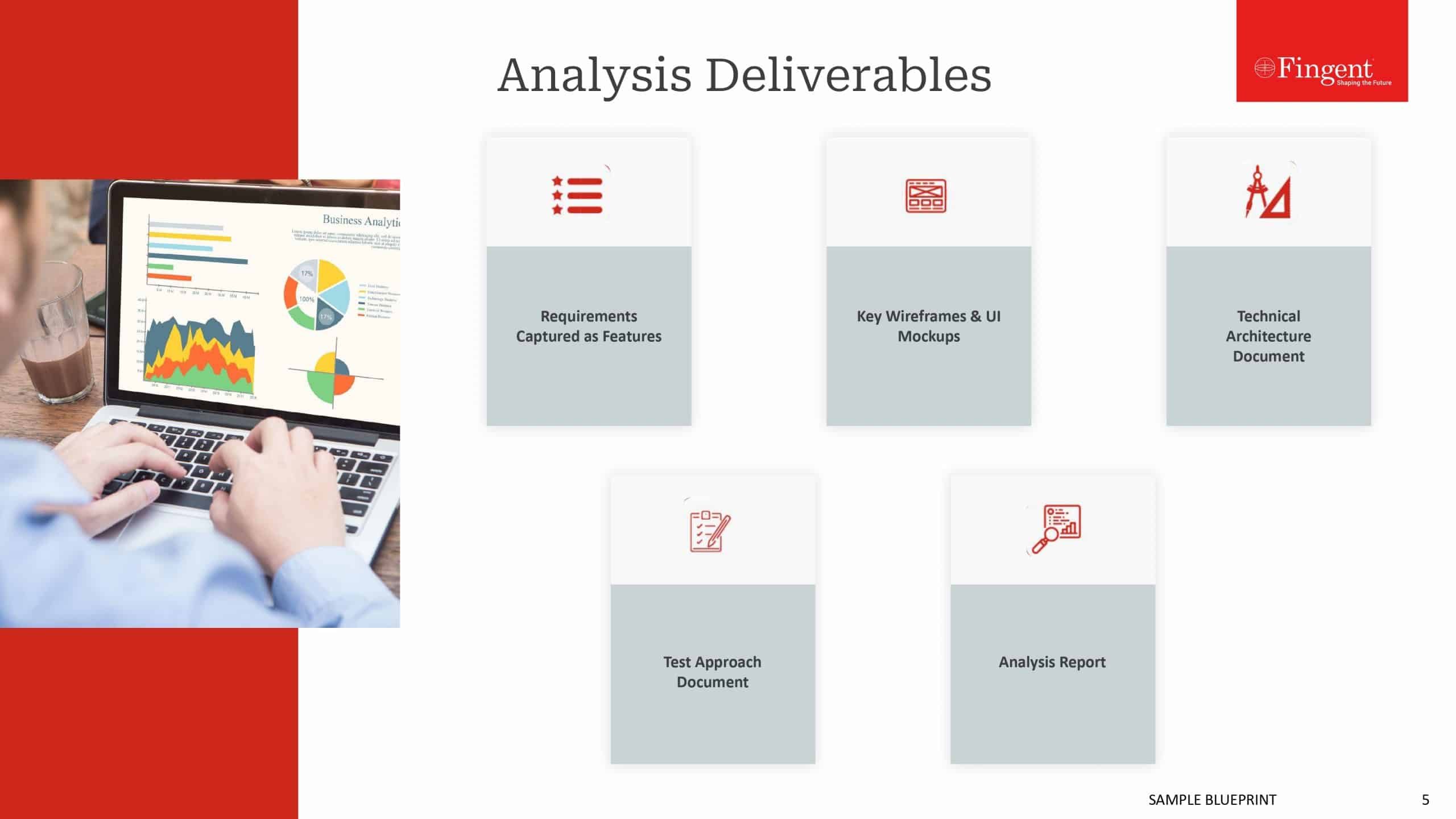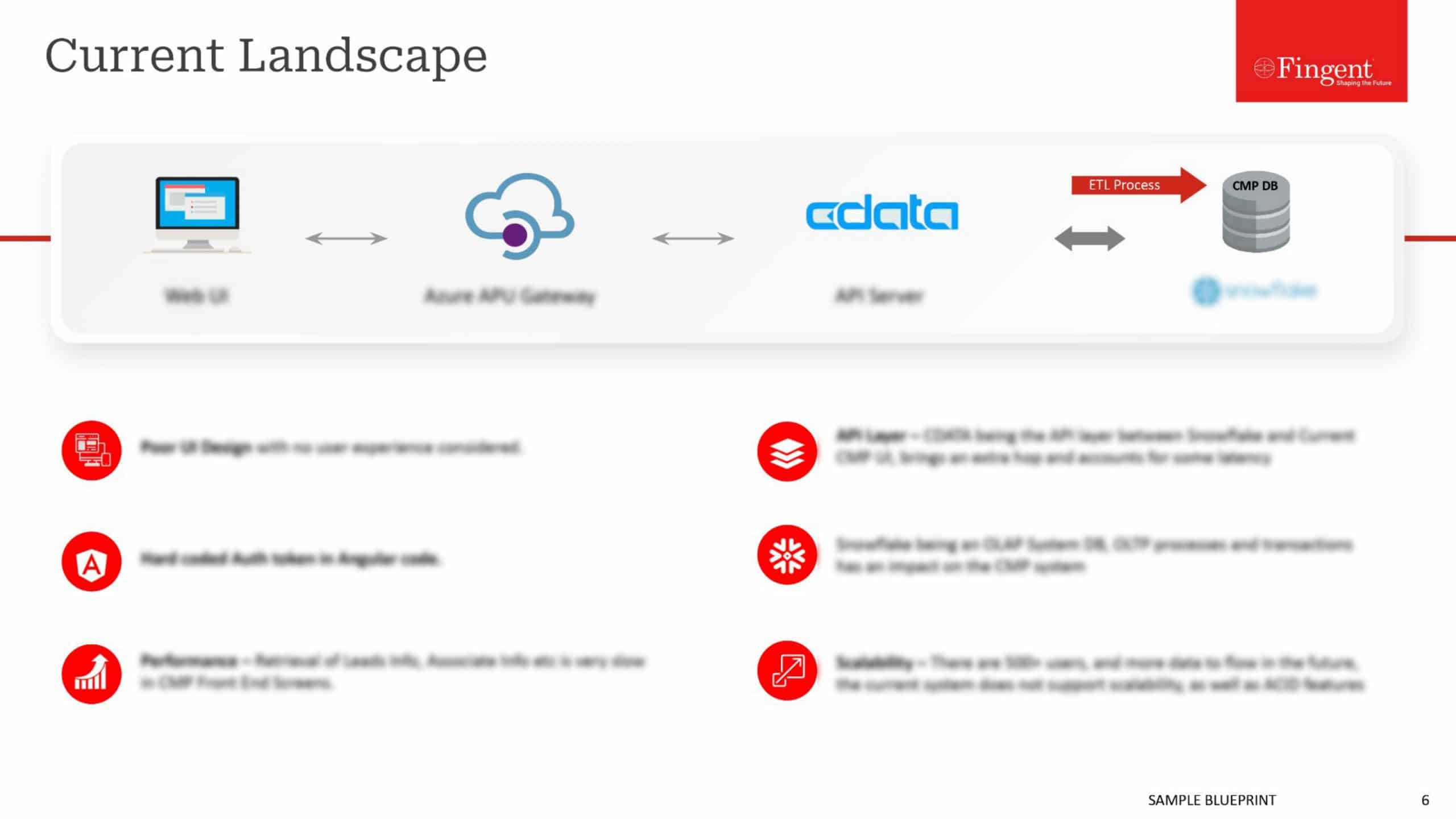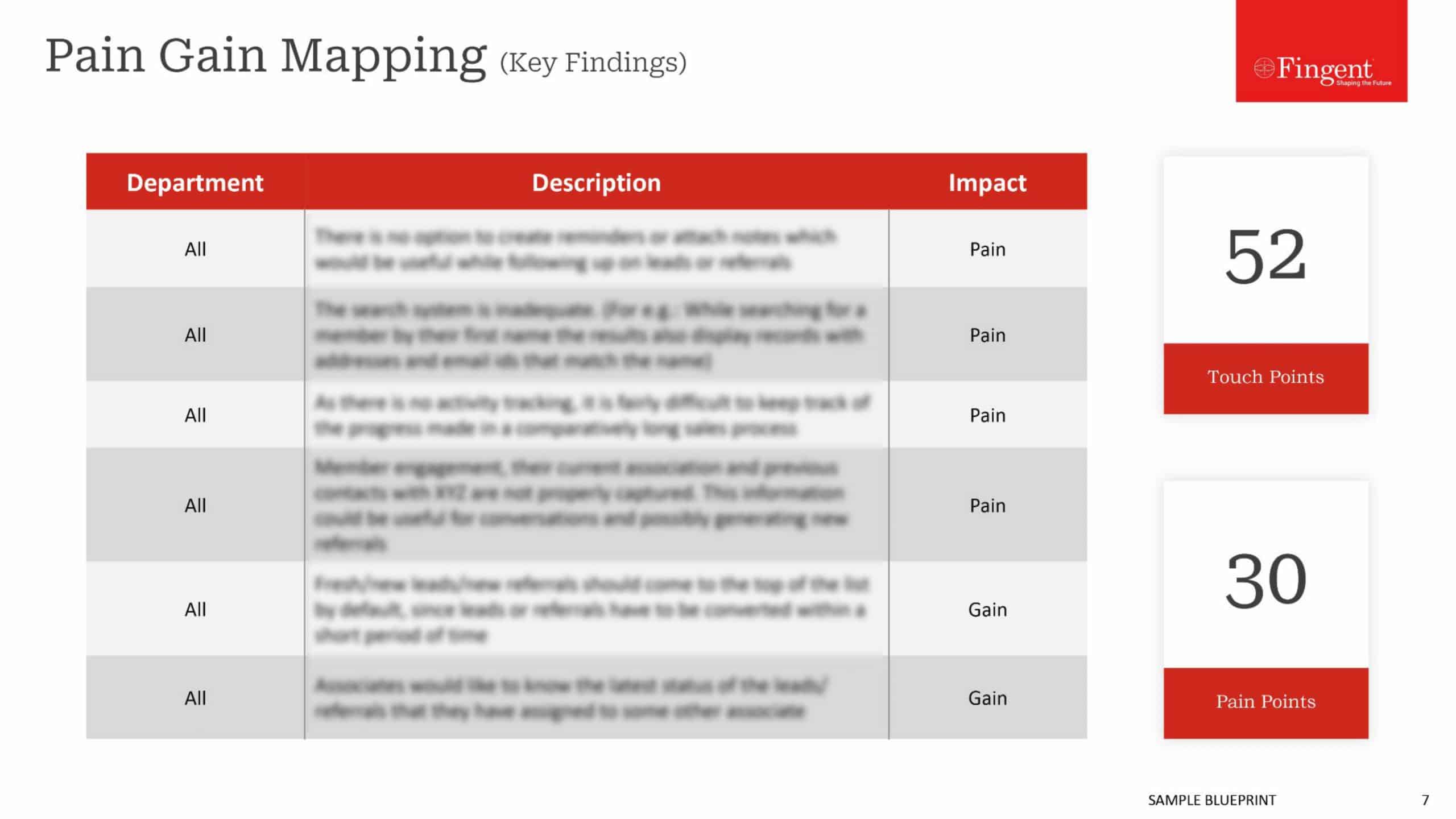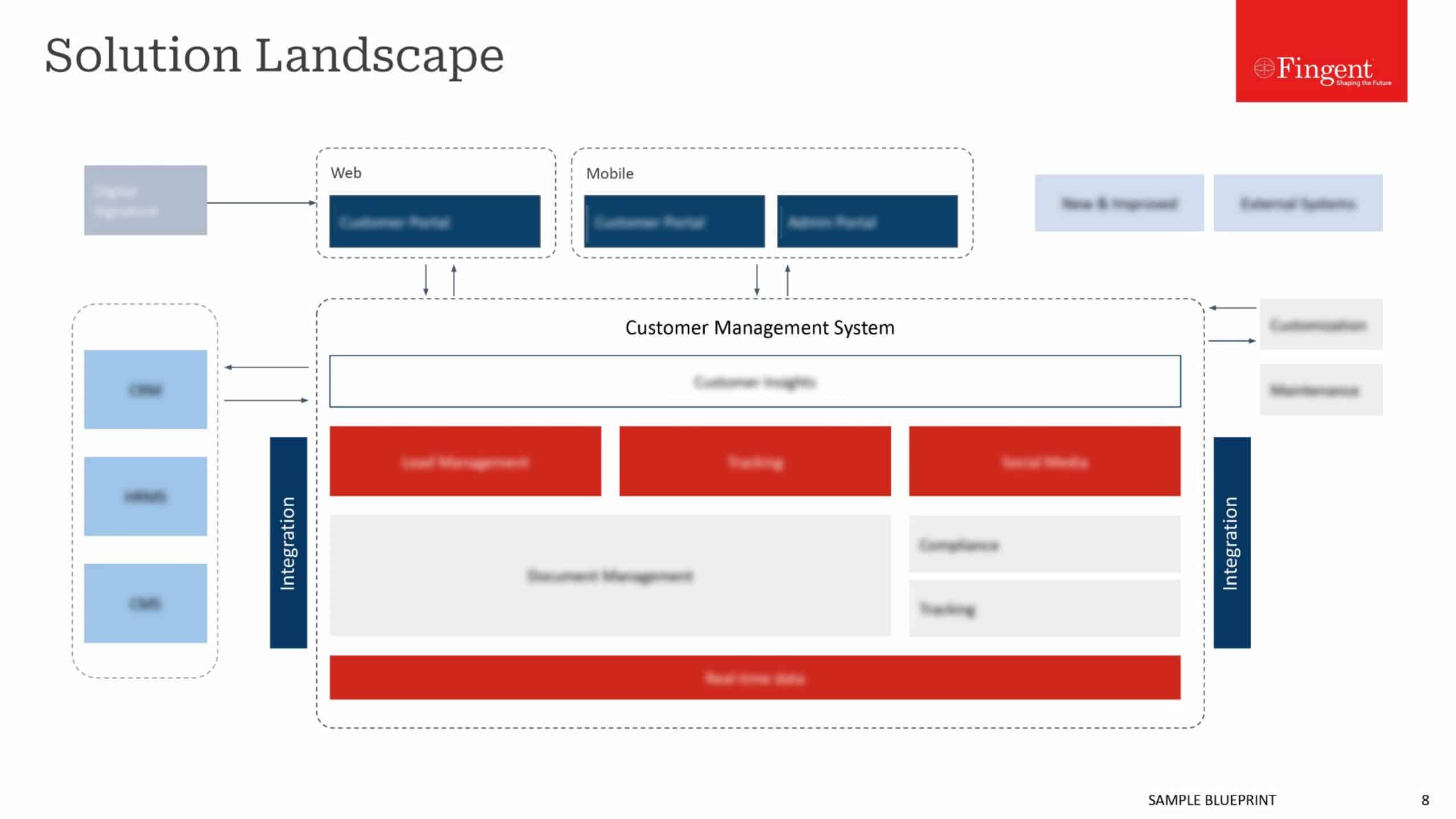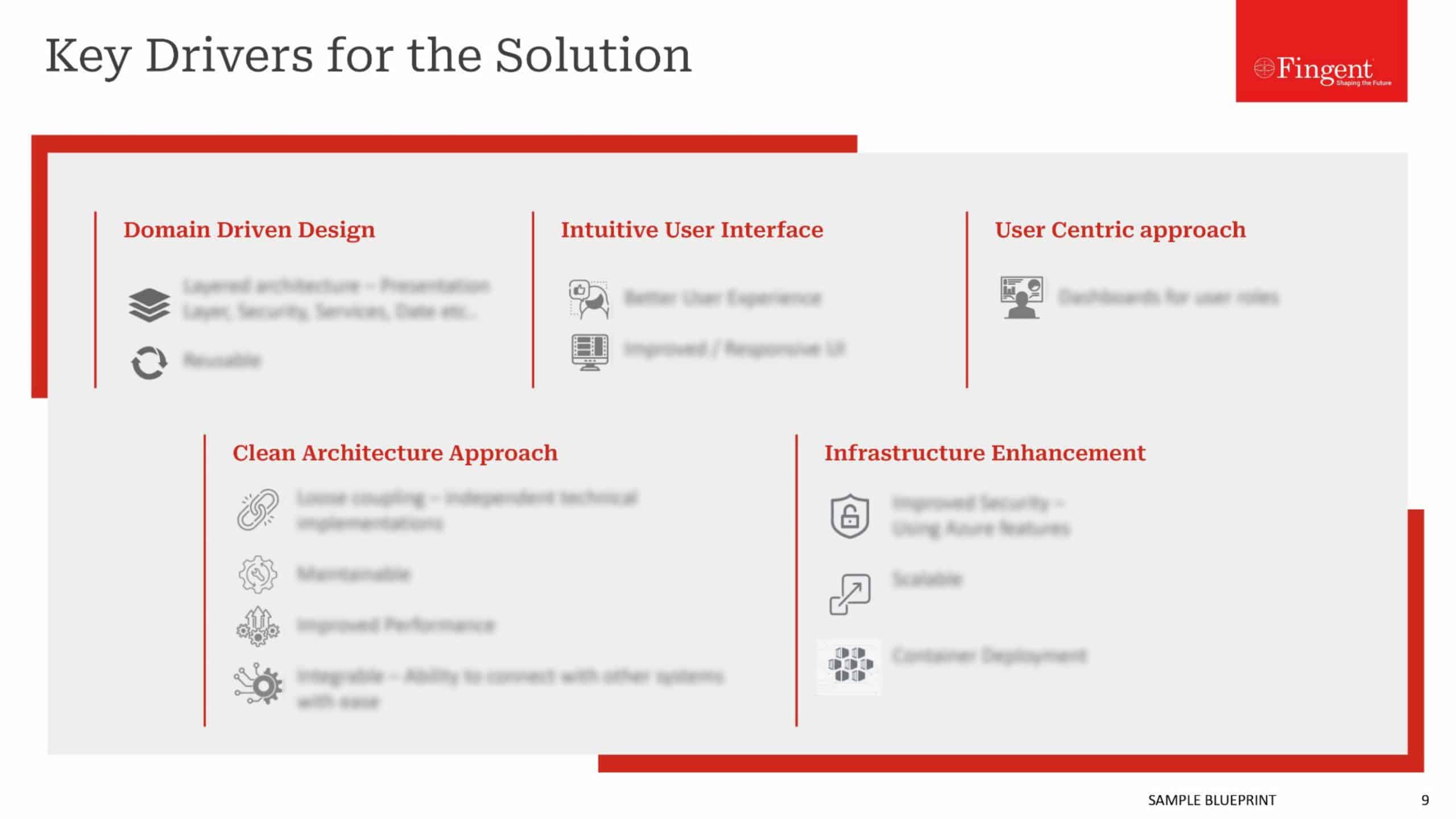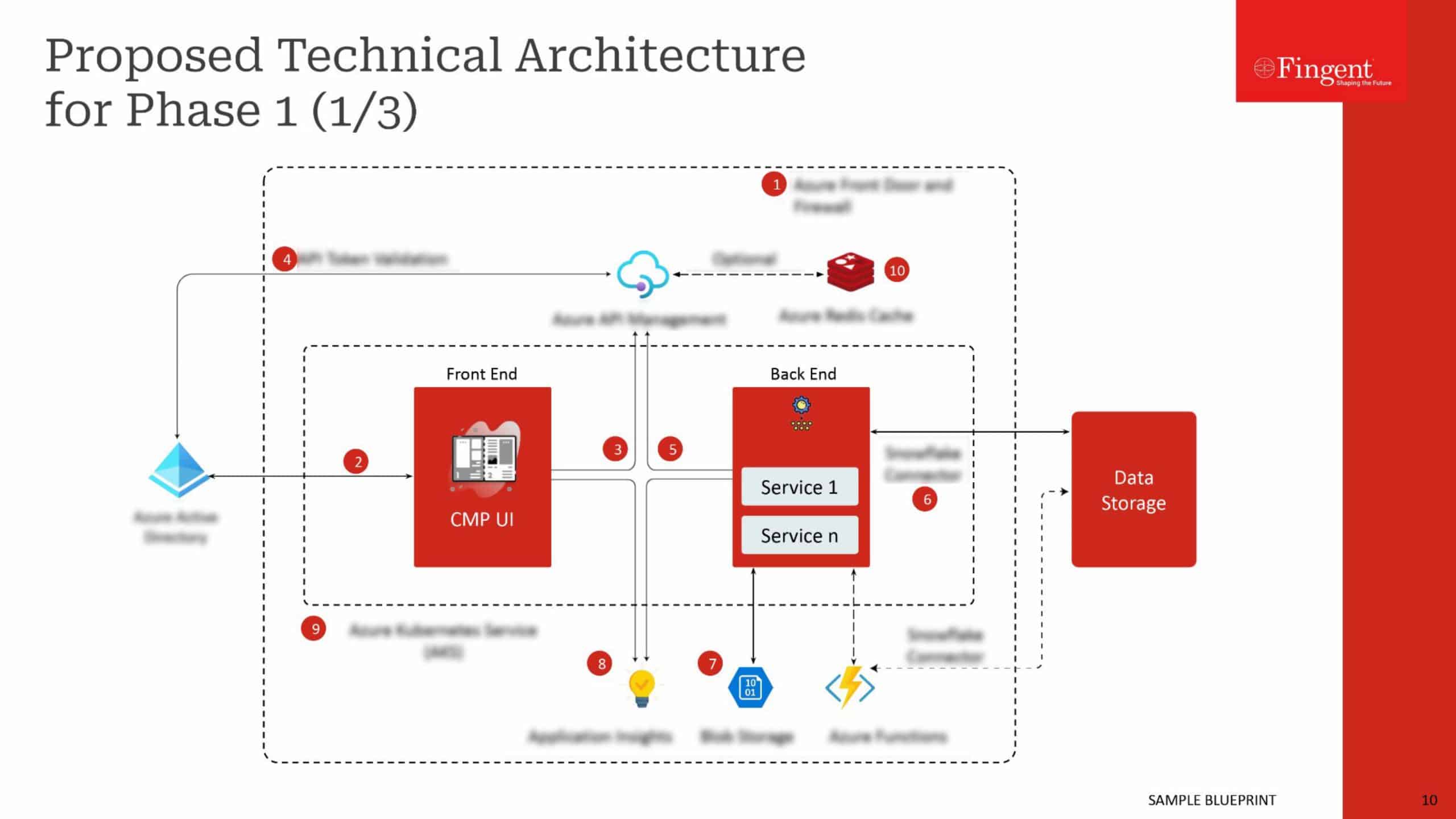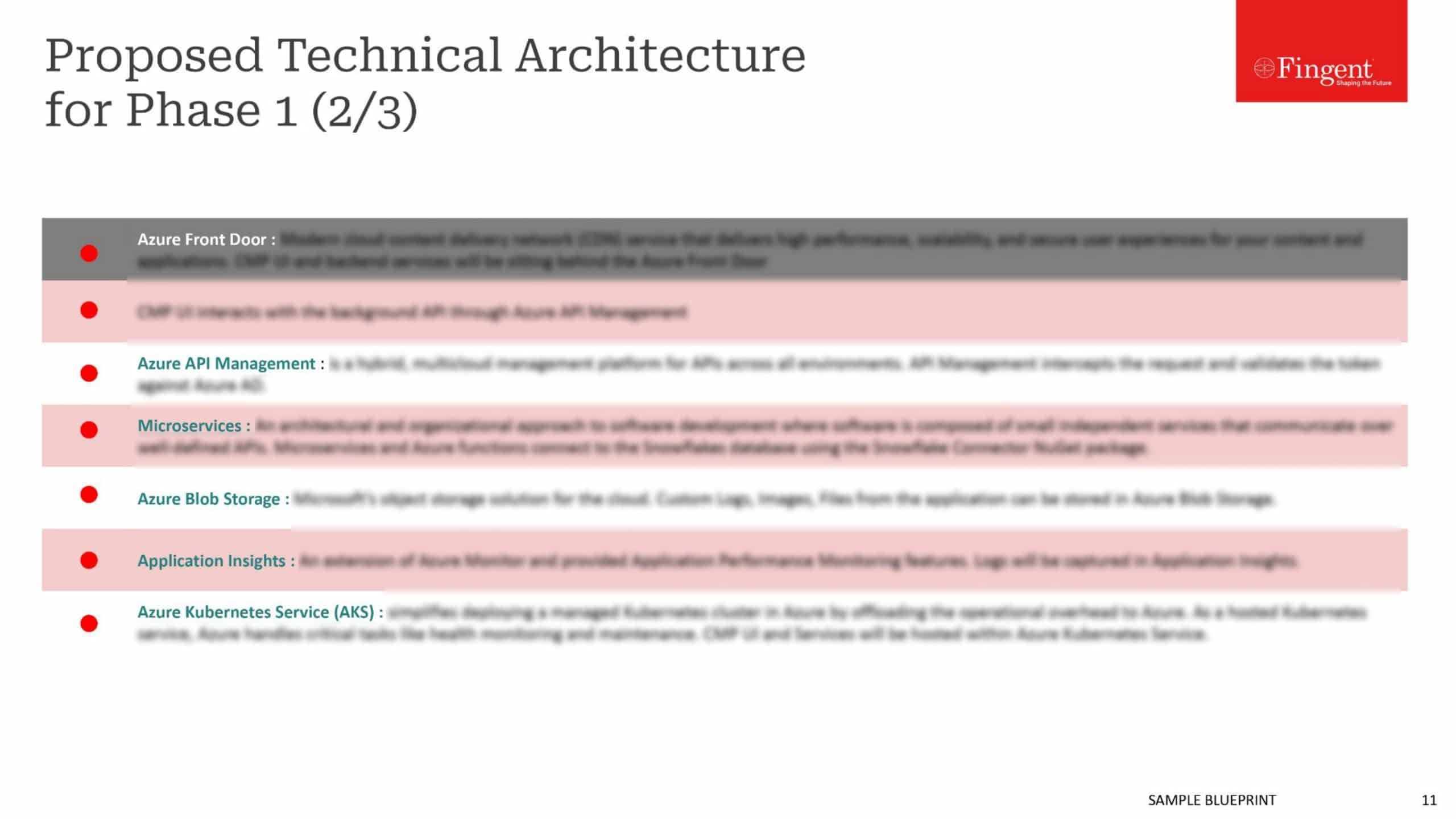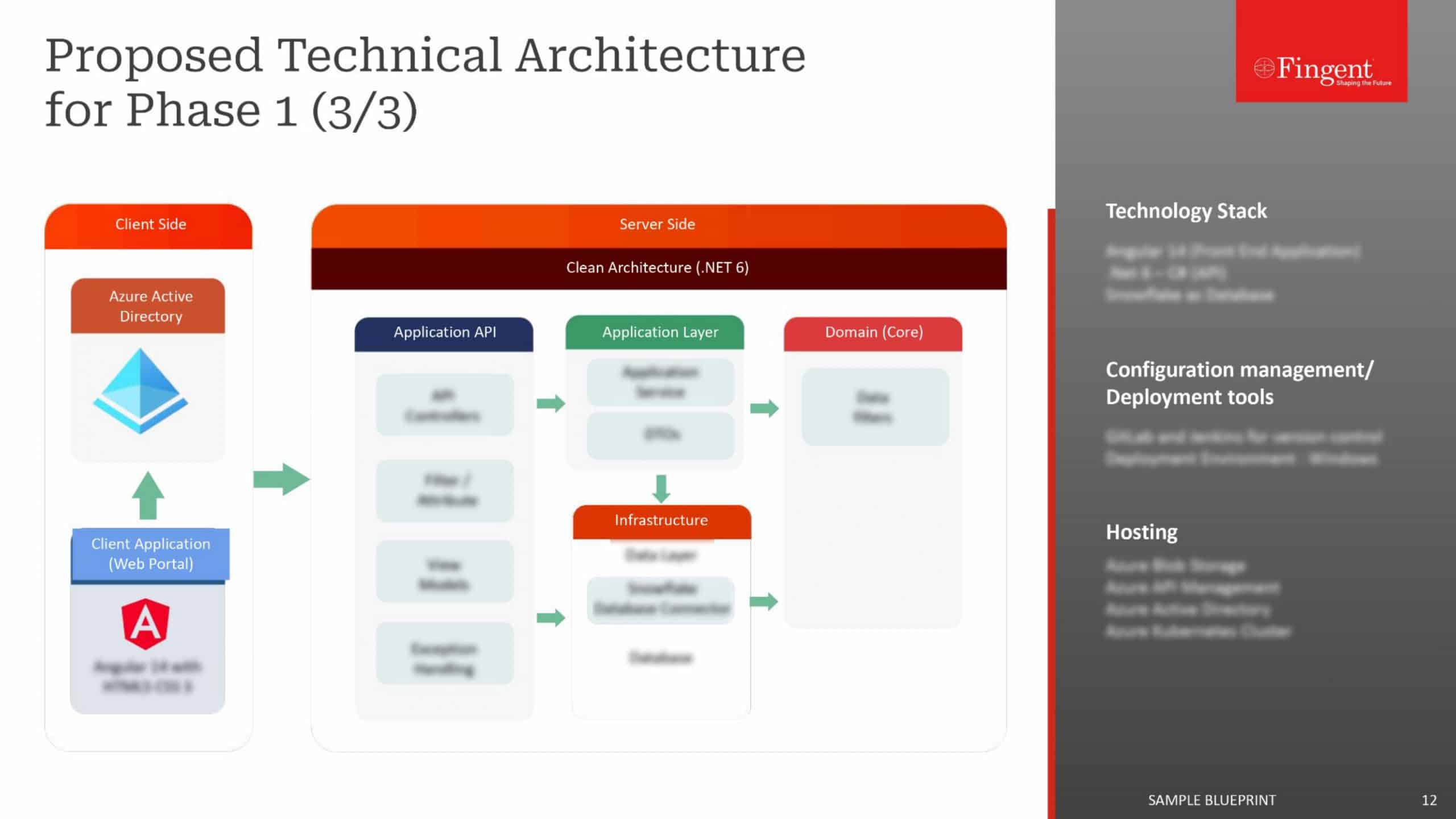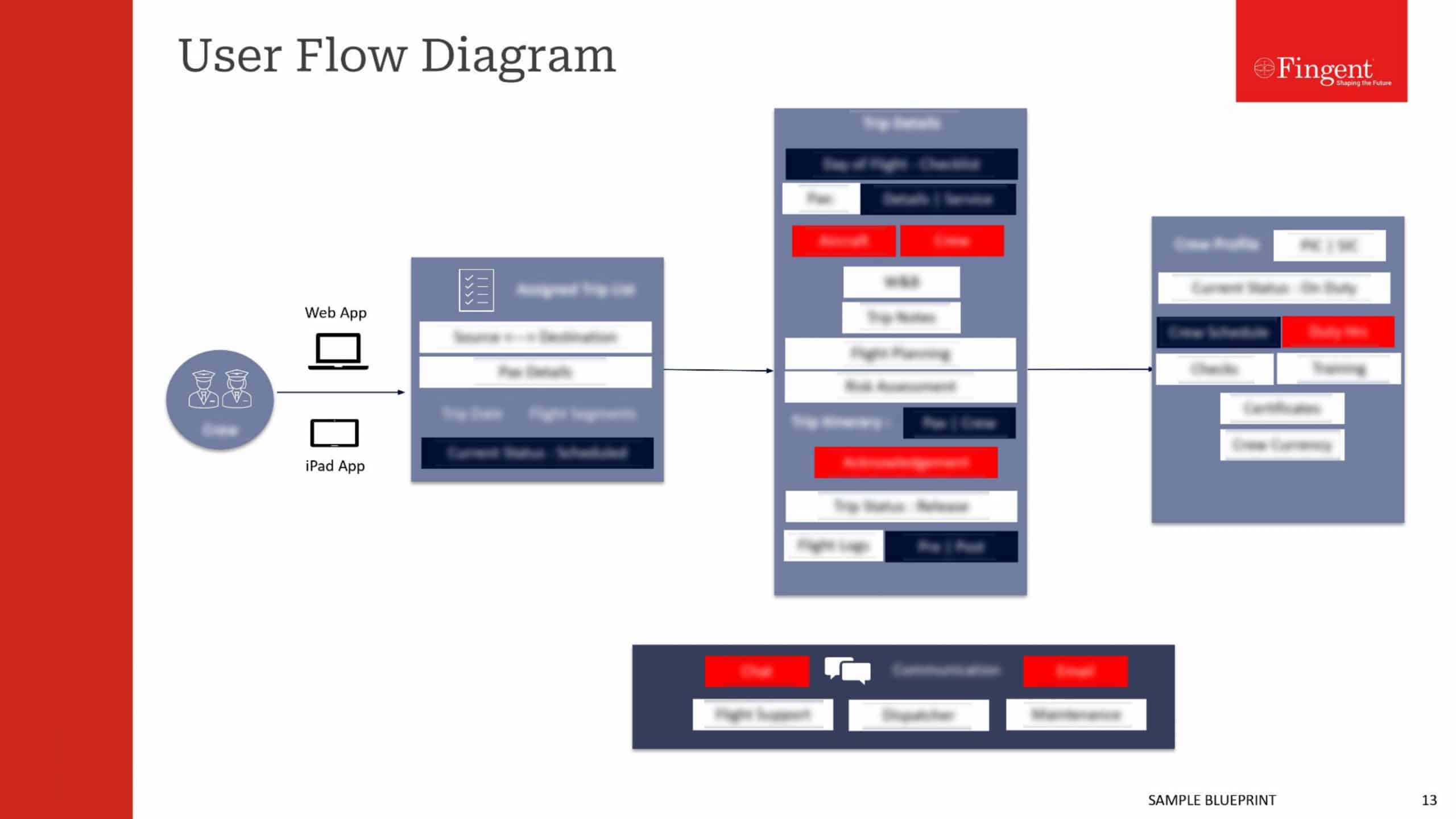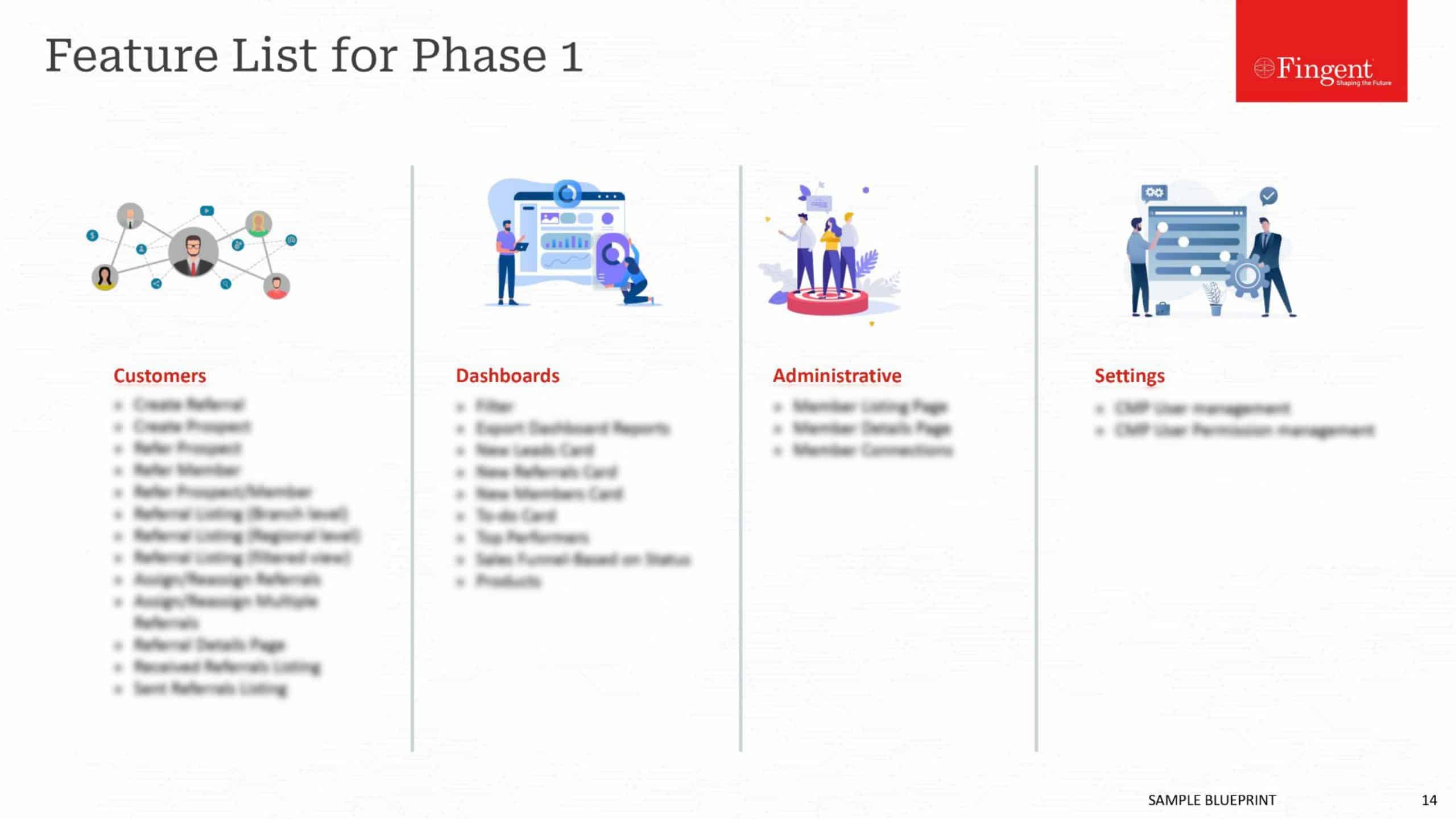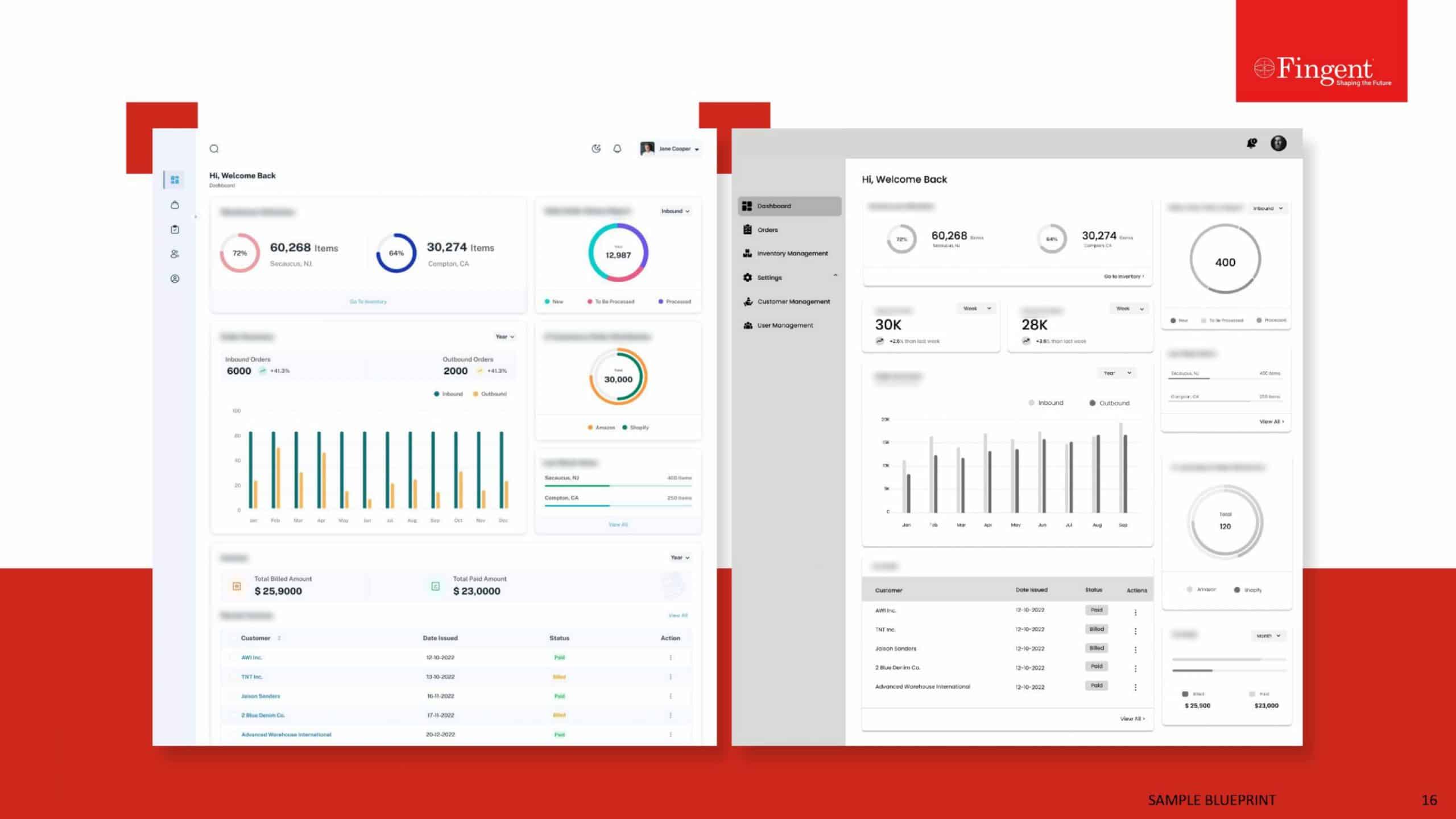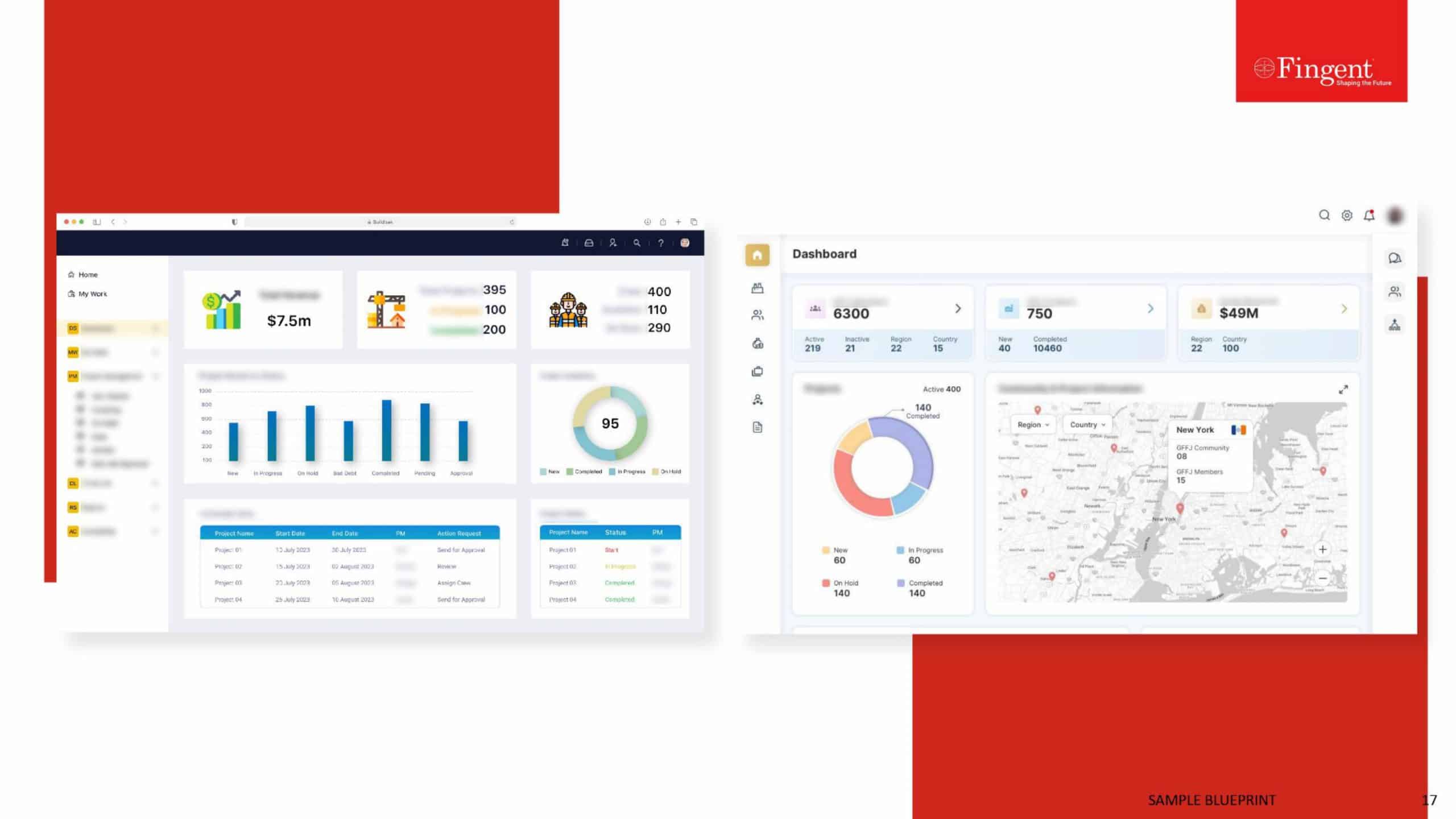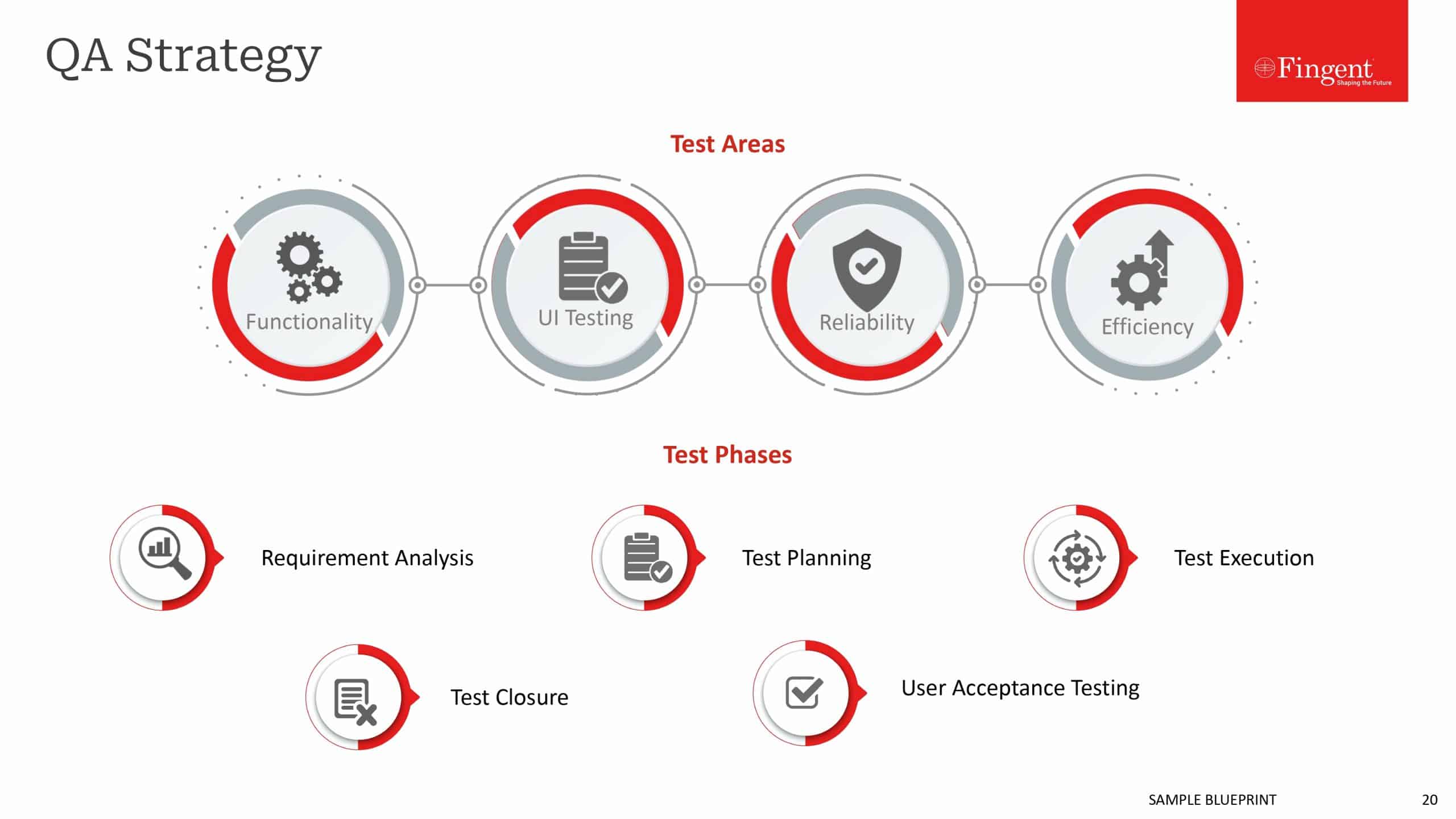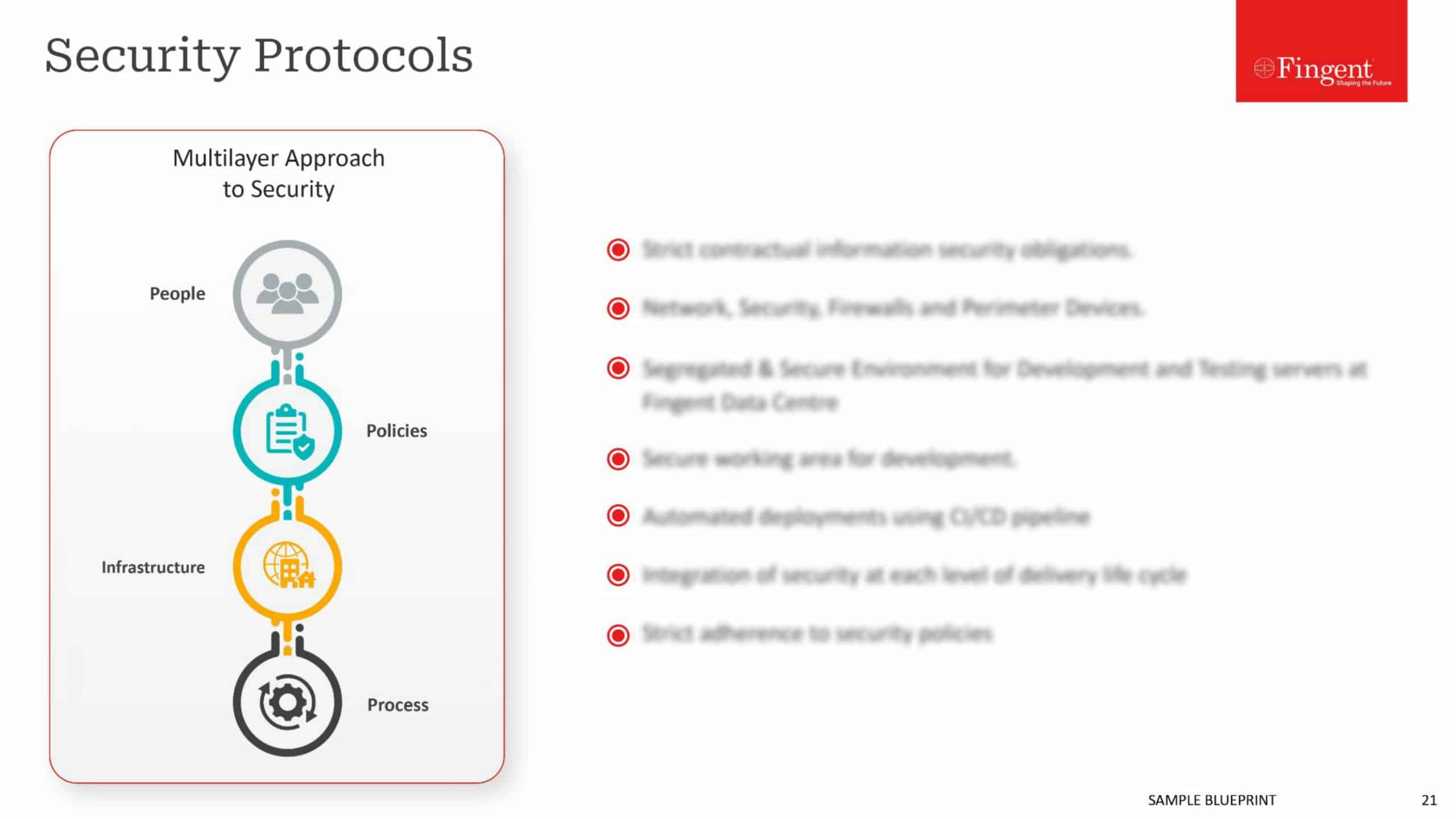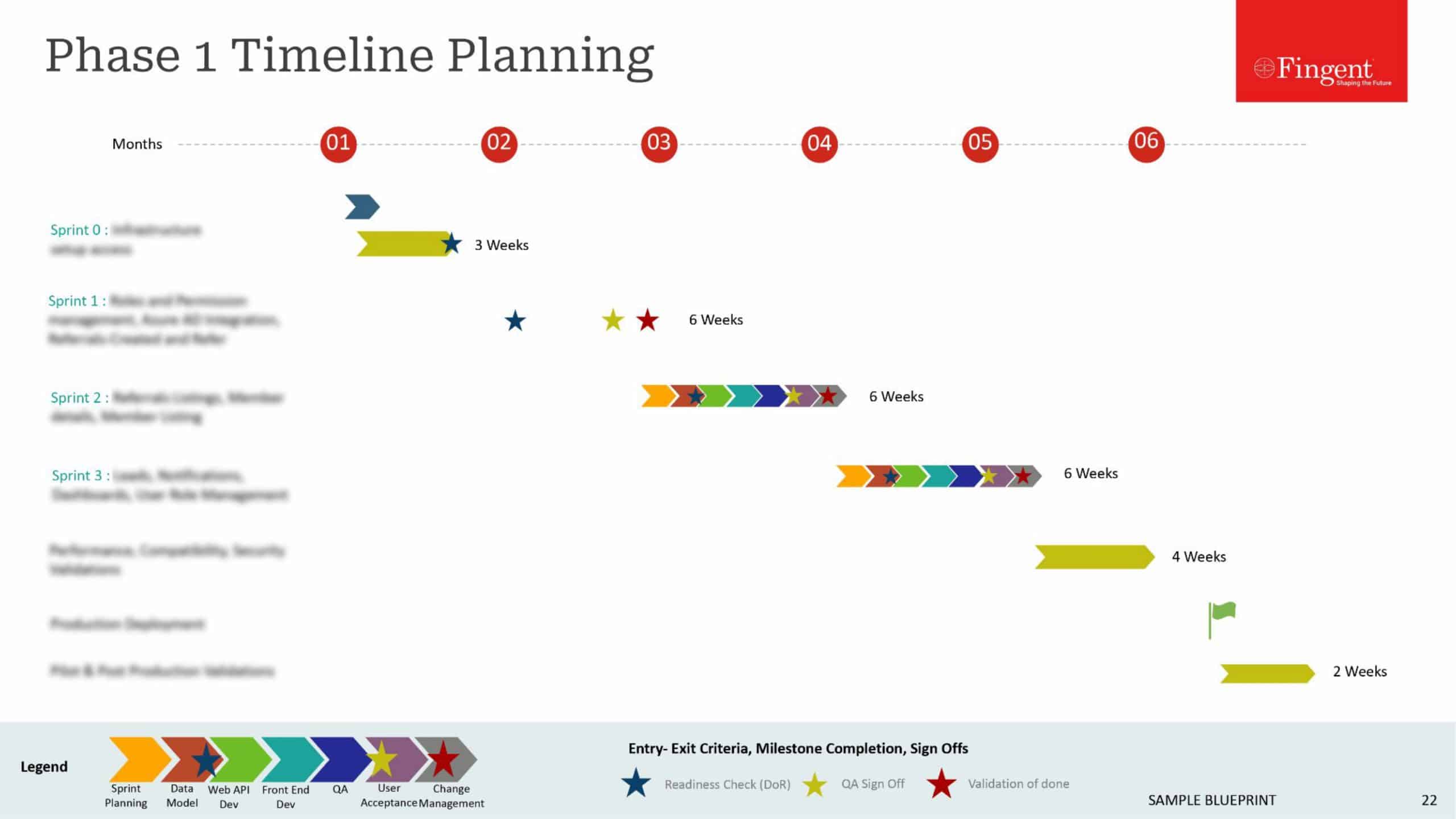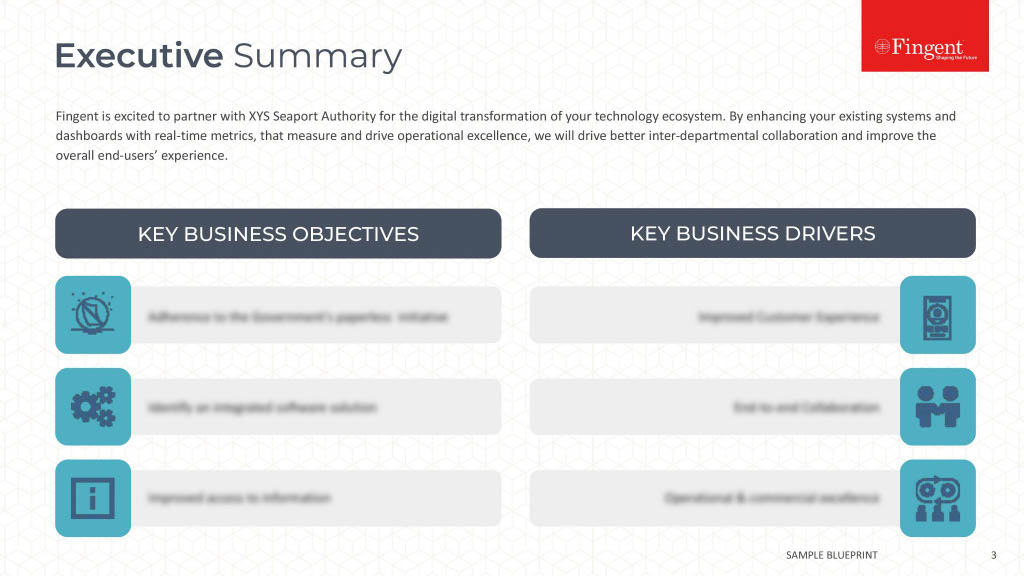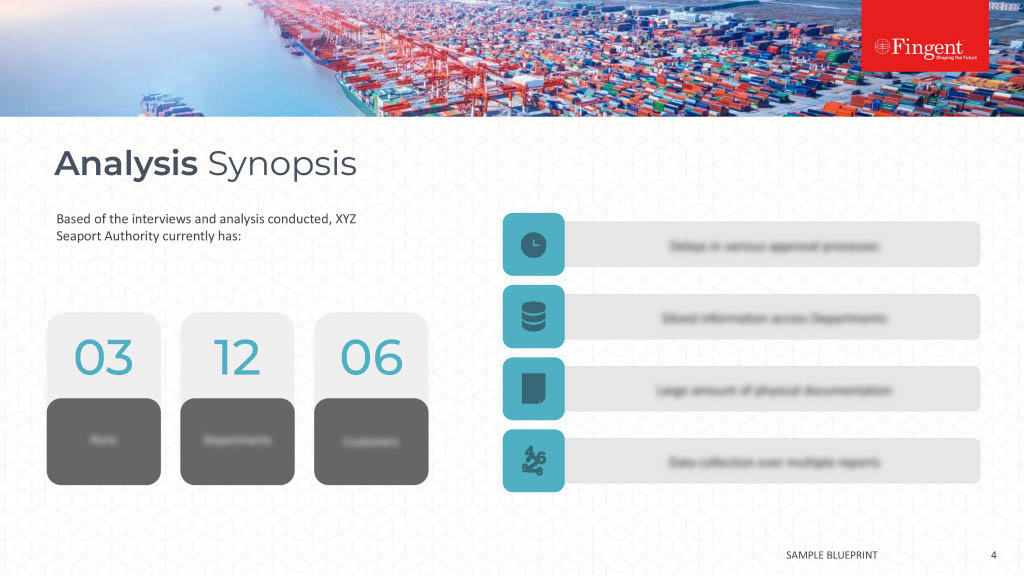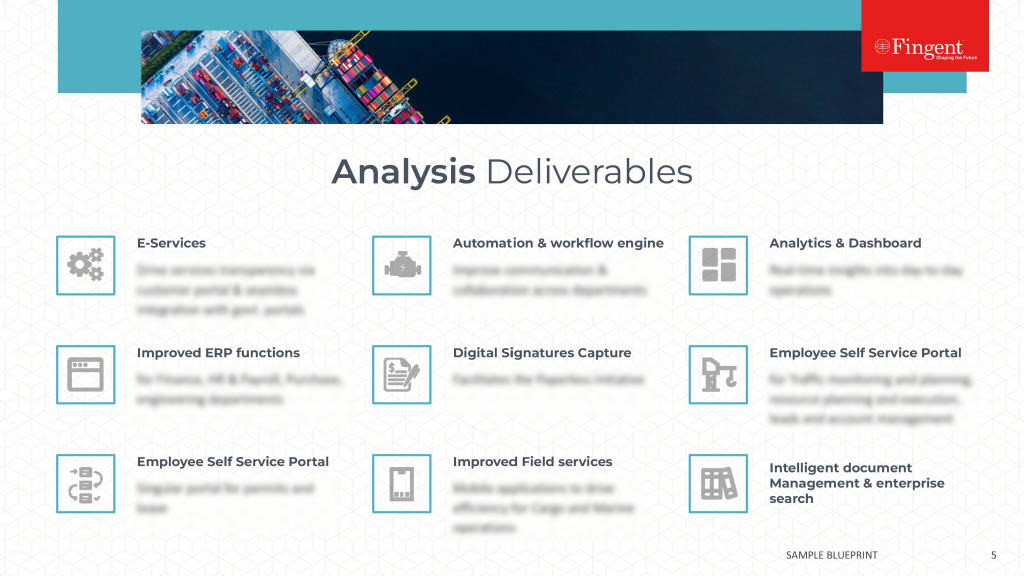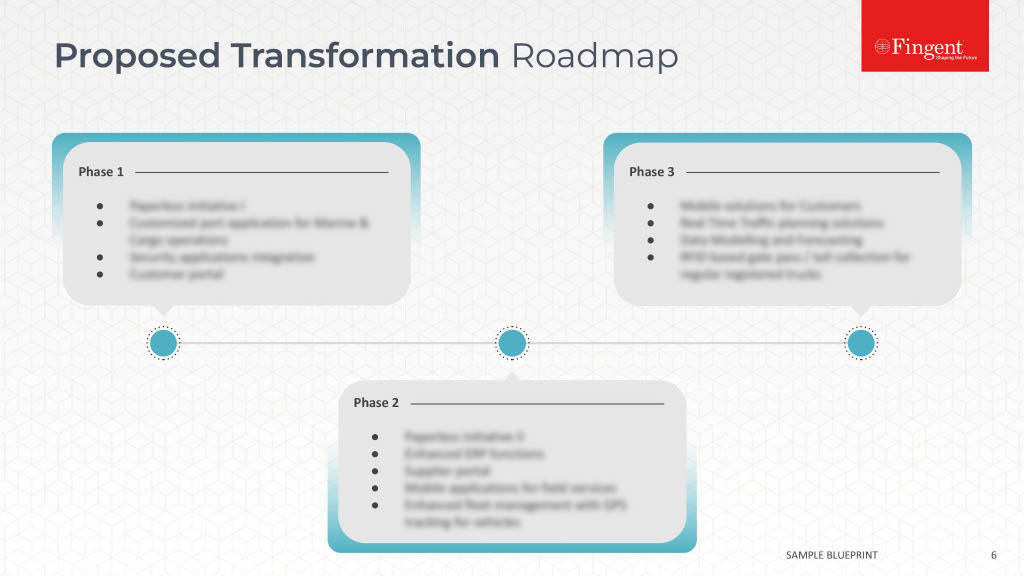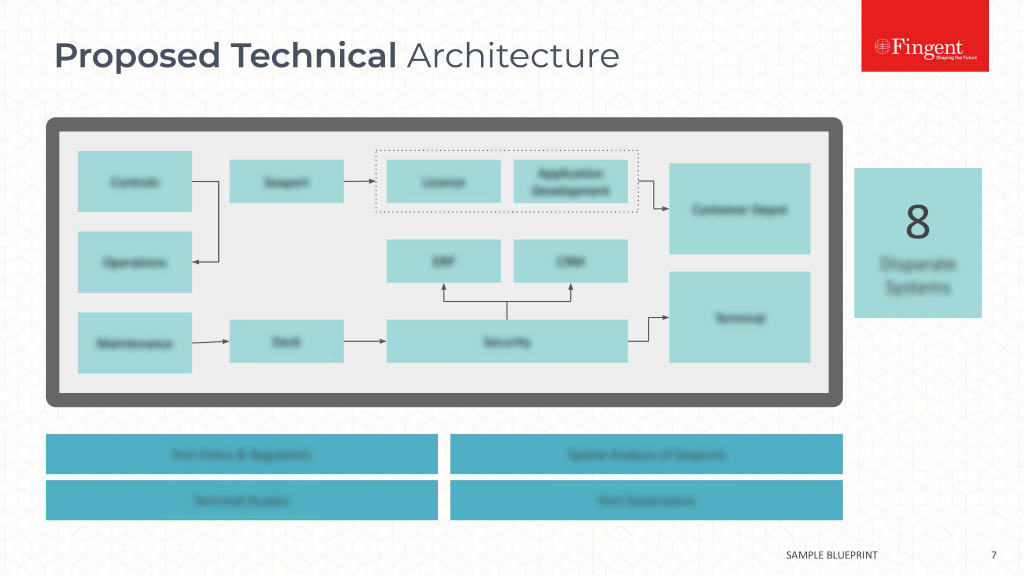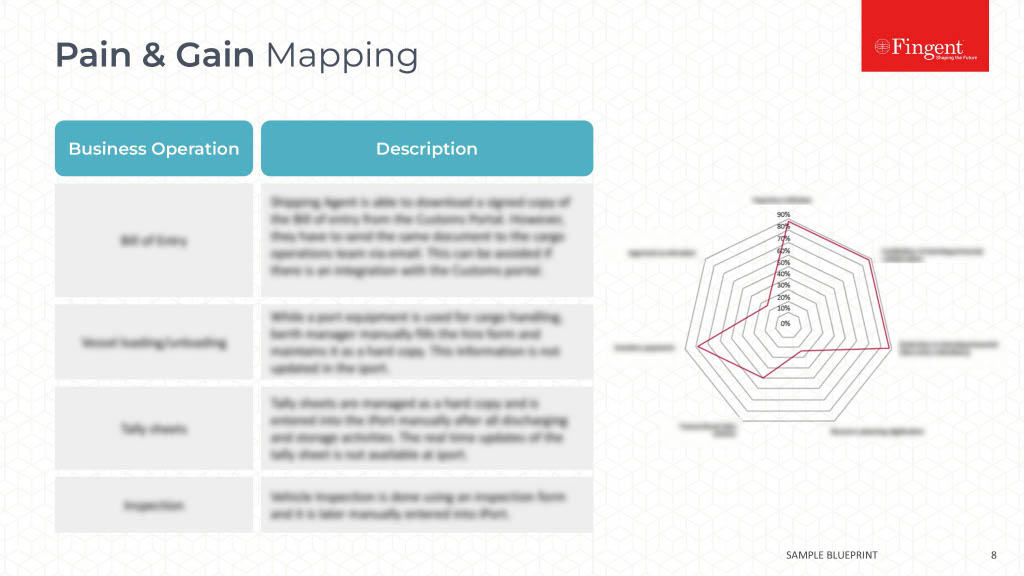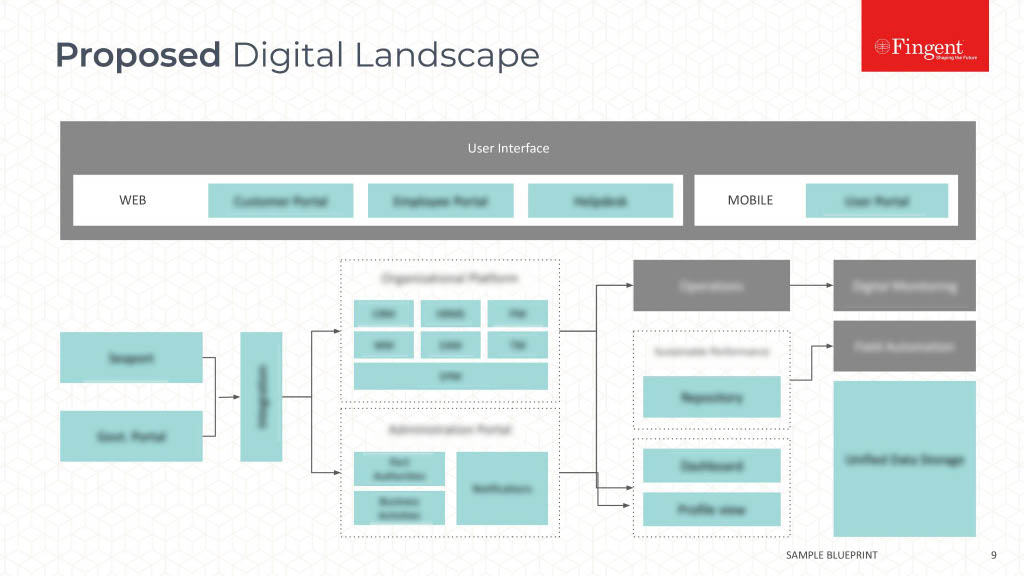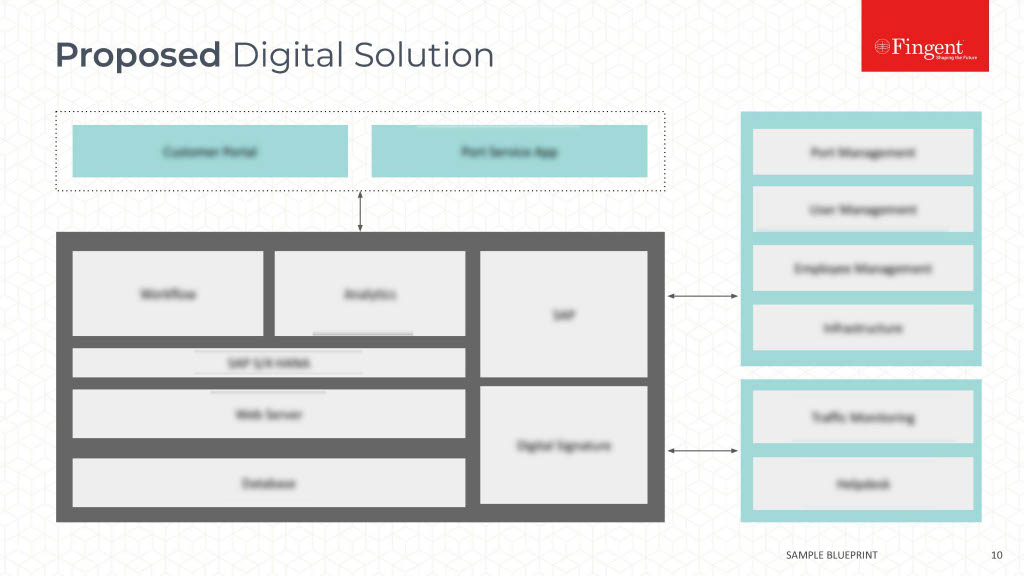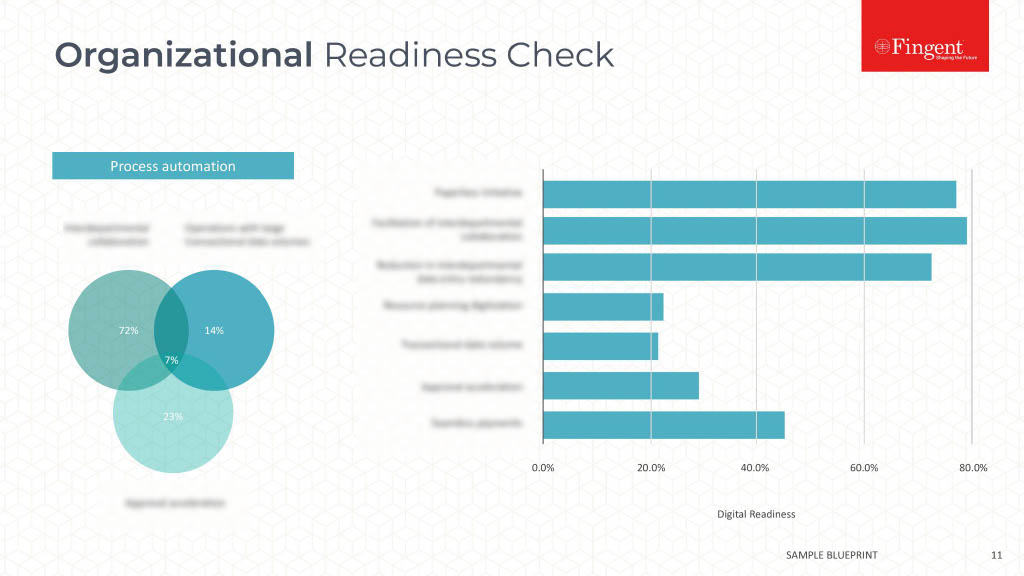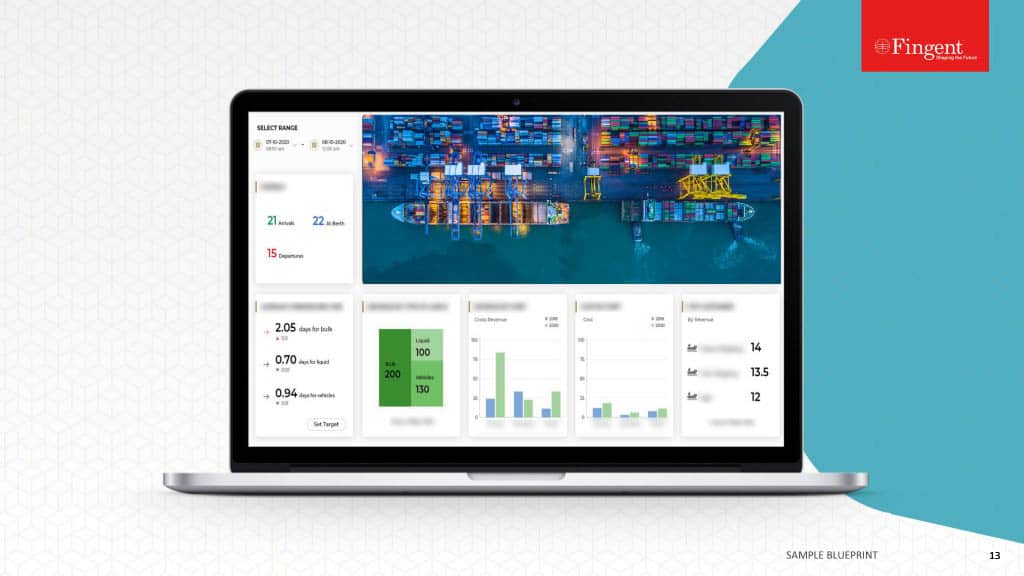Category: Technology
Information Technology (IT) industry is composed of innovations, growth, and a lot many transformations. There are many uncertainties that are associated with the IT industry due to the rapid changes in the technological trends. The preferred skill sets by the employers also change as per the trends and demands of the industry and the IT professionals face the burden of the same. In the coming years technologies, such as cloud computing, mobility, Big Data, Business Intelligence, and networking were on a rise.
The IT industry surpassed $3.4 trillion-mark in 2016 and is set to cross $3.5 trillion milestones by the end of this year. There are three primary components that are associated with this industry viz. hardware, software, and services. These three components make up for 59% of the global total and the rest 41% is covered by the fourth component, that is, telecom services.
The following list covers the most in-demand IT jobs and skills in the coming days:
- Data Analysts: There are massive clusters of information that an organization processes and manages on a daily basis. The role of a Data Analyst includes the identification of relevant patterns and trends from these data sets to assist the organization in strategic planning and decision-making. There are various automated analytical tools that have also been developed for this purpose. With the increase in the need for data and information, the role of a Data Analyst is high on demand. It is expected to grow by another 25% in the next five years.
- Security Analysts: With the increase in the usage of data and information by the organizations, the likelihood of the security threats and attacks have also gone up. It has led to the increase in demand of Security Analysts, Security Administrators, and Data Security Managers. The year has witnessed some gruesome information security attacks, such as WannaCry ransomware attack. The attack had an adverse impact on the computer systems and network in over 150 countries. The need for a highly efficient data security team has become prominent as a result.
- Health IT: The use of IT in the healthcare sector has increased in the recent years. With the growth of remote health monitoring and telehealth tools, the demand for health IT skills has also enhanced. The much in demand roles in this area include Clinical Informaticist, Clinical Systems Analyst and Revenue Cycle Analyst.
- Web Development & Programming: The involvement of web has become an integral part of the business all across the globe. The latest web development and programming skills, such as the use of lightweight programming and responsive web design & development are being looked upon by the employers. Also, the skills of mobile application development have also grown due to the rise in the usage of mobile applications.
- UI/UX Designers: The primary motive of any web application or a service is to attain maximum customer base and higher levels of customer engagement. One of the most significant aspects to achieve the same is a rich and visually appealing User Interface (UI). The customers are attracted towards the applications that offer them higher usability and good user experience. The demand for this role has therefore increased with the increase in the use of web and mobile applications.
- IT Project Management: One of the most significant resources in any of the IT projects is the Project Manager. There is a lot of responsibility that is put on the shoulders of this resource during the project life cycle. It is, therefore, anticipated that the IT project management skills will continue to remain in demand in the years to come.
With the change in technology, there are also some of the skills that are no longer demanded in the IT industry. There was a time when Mainframe computing was considered as a top skill for an IT professional. However, the latest technological advancements have eliminated the demand for the same. The use of manual testing processes has been replaced by the automated testing practices which have kept the skills of manual testing on low priority. With the advent of social media, the requirement of SEO specialists has also diminished.
The face of IT is changing at a rapid pace. It has become necessary for the IT professionals to maintain the pace with the changing nature of IT. They should always look for the mechanisms and methods to enhance their skillsets to maintain their value in the market.
Stay up to date on what's new

Featured Blogs
Stay up to date on
what's new



Talk To Our Experts
A niche business is no longer a term used often these days due to growing competition in every sector. In the world of startups and well-established enterprises, the companies that stand out clearly in front of their customers will only survive and succeed. Smartphones and fast data packs are beneficial to companies in terms of reaching out to their customers via desktop and mobile websites. But having such a front is a norm today and you will have to think of giving a little more to engage them. According to studies, business mobile apps have a higher rate of conversation when compared to desktop or mobile websites. You must be thinking how will a custom mobile application development help boost your business? Here’s how –
1. Better customer relationship
A custom software development offers customers a way to access your services and products directly. Especially, if you are a product-oriented company, you can have your products laid out better over the standard formats of e-retailers. Also, you can send offers, notifications, and even receive feedback from customers in real-time. You can even have a dedicated app team that offers support 24 x 7 and sorts query for customers with in-app emails and chat.
2. Creating and maintaining database
A custom app will give you the opportunity to access existing customer data and acquire new ones. Also, your app will have your own specialized security features that will safeguard your data against potential leaks and threats.
3. Integration with current services
If you are a software provider then a good way to offer more to your clients is by creating a custom app that syncs with your software. There can be reports, updates, and even a way to access information quickly and easily. To further improve client satisfaction, you can even hire a dedicated support team for app management. Such integration will definitely give your software some extra brownie points while marketing it.
4. Generate revenue
Apps are not just a great way to connect with your customers but can also work as a good revenue source for the business. You can charge customers a little extra for app services or an upgrade. Also, you can have in-app advertisements that add income to your kitty whenever your app is accessed by the customers.
5. Increase customer base
An app ensures that a customer is in your space and the only things they can surf around are your products and services. Having a custom app gives you a chance to put your case forward to new customers and even attract them with in-app offers. You can start giving them free trials and additional discounts via app downloads to add to your revenue. A custom app will define your uniqueness as it adds up to a brand identity for your business.
6. Project Management
Apart from seeking and retaining customers, your entire team can benefit from having an app that works for internal purposes only. Custom logins at each hierarchy can give them access to groups, documents, tasks, calendars, and more to run your business smoothly no matter where they are working from. This is beneficial especially if you have several teams working from different locations. Each team can receive updates regarding the project. Also, it helps in sending critical issues to all the personnel quickly.
Building a custom mobile app for your business is vital in this day and age of competition. Once you are clear about what you want, it’s a good idea to approach companies such as ours that build custom apps from the ground up.
Stay up to date on what's new

Featured Blogs
Stay up to date on
what's new



Talk To Our Experts
There is no information that is not available on the internet today. Digitally, the world has grown into one big continent. Digital presence has become vital for every business, small or large. The times that you only depend on an offline marketing campaign or connection is gone. Today, more than 80 % of users go online and search for things. Even if they zero in on a product, they still will research the product or the brand online. In such a situation, a business that doesn’t have a strong presence online will suffer. Business growth can be directly related to promotions, public relations, advertising, and sales. Let us see how getting a digital presence will boost your business –
1. Provide information
A business with a decent website offering all necessary information that users seek is a good start. Even if you run an offline business, customers will seek online information to know about you even before walking into your office.
2. Get more customers
The digital world is a great place to find potential customers who might be interested in what you are selling. Social Media is a good place to begin campaigns that are not necessarily direct marketing. Spread the word with hashtags and keywords. Your current customers will share your posts and turn into indirect marketers as well. These platforms provide a boost to your visibility and provide the right traffic your business requires.
3. Be visible
When your business has been tuned with Search Engine Optimization (SEO) elements, you will start getting more and more traction. The right type of optimization will ensure that you end up as a top search whenever a customer is looking for a relevant product or service that you are offering. Also, it helps you get an edge over other competitions, both offline and online since your name will come to the front and grab more eyeballs.
4. Market your business
Advertising your business is the sole way to boost your sales and nothing works as good as digital marketing in this day and age. Apart from having a presence on social media websites, targeted marketing campaigns on these sites will spread awareness about your products and services team with great offers to attract customers.
5. Improve Services
Digital presence of your business provides you with an opportunity to directly interact with your customers. Listen to their grievances, feedbacks, and even offer a solution for their problems. This feedback pattern can help you decide on improving your products or services. Companies can consider some of these points as a part of their marketing strategies to bounce back or to adopt what way to go forward. Such a medium works perfectly well for your business as well as your customers. To increase visibility and drive new business, companies create custom business solutions to advertise online.
6. Global Presence
If your business is local and has an aspiration to go global, the digital world is the right place to put your foot forward. It helps in not just connecting with people worldwide but also getting yourself known to everyone. You can add posts on social media websites regarding your services and add a survey to know if they would like these products or services in their locality. It’s a great way to know the potential of a market even before you actually start the ground activity. Businesses that are looking for investments can also leverage on this very presence as one of their key strengths.
A great way to add a digital presence to your business is seeking the help of an experienced digital partner who can provide you with all the necessary tools to get you started and then skyrocket your business ahead.
Stay up to date on what's new

Featured Blogs
Stay up to date on
what's new



Talk To Our Experts
When companies target to stabilize their growth engine to reach the next level in business and increase the revenue, most of them make decisions with the data about prevailing market conditions from third-party vendors, which might turn their fortunes upside down. The problem is persistent in many industries and the companies have been fighting hard to win the race with the right data set. There are only a few companies that use Big Data sourced from their own operations and make decisions based on that data for laying out the future course of the company.
It has been estimated that companies that are data-driven are five percent more productive and six percent more profitable than other companies. So the question remains, how to use Big Data in making business decisions, especially for CIO’s, because their role in implementing IT-based solutions in a business is invaluable.
It has been time and again noted by the “Big Four” that CIOs who have taken an active lead to use Big Data exemplify a unique liberty to transform their businesses, and to make their roles more strategic and more influential than ever before. There is a debate wherein we have questions that if a CIO or anyone in an analytics specific role like Chief Analytics Officer or Chief Data Officer should lead a big data initiative or not, and the debate is getting more stale day to day because the key to lead Big Data initiative is to being innovative with the moving parts of the business. Most CIOs have settled in with an operational mindset and Big Data is giving them the answers to everything they are looking for. If we are having a CAO or CDO to chip in and lead big data initiatives, it would become another stale part of the company as they don’t have the liberty to fine tune the moving parts of the company like a CIO does.
But there are further problems to address before we get onto ‘Why, When, How,’ Of using Big Data. There was a time in the past when we couldn’t aggregate Big Data, It was too expensive. But times have changed now, storage has become cheaper and cloud has enabled us to collect Big Data. What can we do with Big Data? There are companies that already have Big Data but they stand disappointed as it’s not creating value. The first essential step is to find the correlation in the data through Machine Learning, then only we can begin with predictive analytics.
Internet of Things(IoT) has been fueling the growth in the industrial sector which is on the hunt for more data. For the industrial sector, it is a completely different ball game as they can’t connect everything to the cloud due to security reasons, a lot of correlation would be eventually done on the cloud but some of that data is going to be processed on the edge. Only a Data Scientist with a very good domain expertise of the industry can help optimise Big Data for Machine Learning. Else, we won’t get an optimum result.
This architecture where CIOs are able to get maximum value out of Big Data is very much essential and can only be achieved if we integrate every moving part of the business with data. Data which can be stored, processed and correlated to solve problems and find solutions.
When a business is trying to respond to the customer that expects much more rapid change, IT must respond to that change. We can see a rapid change where companies are investing more on Cloud Computing, Big Data & Analytics rather that legacy desktops and server applications. CIOs are the driving force behind this shift and their effort to enforce such changes should always be appreciated. A CIO in the present day needs to be a full-blown business leader who understands both the impact of advanced new technologies on business metrics and how to make these new technologies effectively.
Another important aspect is that CIOs should keep asking questions like “What if we try to do it this way? How could this change make an impact for the business?”. This type of ability to imagine the unknown is what CIOs need to unlock and build models that predict and optimize business outcomes.
Stay up to date on what's new

Featured Blogs
Stay up to date on
what's new



Talk To Our Experts
Big Data refers to a term that describes huge clusters of information that may be structured, non-structured or semi-structured in nature. These varied data sets having high velocity and volumes are processed using the Big Data tools for data analysis. The analytics on these sets reveal significant patterns and trends that prove to be extremely beneficial for the business organizations. There are many innovative and interesting ways in which business organizations implement and use Big Data.
Some of these ways and methods are as listed and described below.
- Prediction of Customer Choices & Preferences
It is important for all the business organizations to understand the customer needs and requirements. Big Data is a mechanism that is being used by the companies to understand the customer behavior and demands using the process of data analytics. There is a lot of customer data and information that is available on the web via the social media channels, company websites, and several other platforms. These datasets are gathered by the organizations and are analyzed using the Big Data tools for understanding user choices, patterns, and preferences.
- Strategy and Decision-Making
Big Data provides cost-effective mechanisms to study the customer-oriented data patterns and trends. The results that are achieved using such processes allow the organizations to form the strategies and organizational decisions as per the customer needs. Such practices provide the organization with a competitive advantage over the similar organizations. Also, the level of customer satisfaction also goes up as their demands and requirements are met.
- Establishment of Data-Driven Culture
With the transformation in the technological practices and digital advancements, the business practices and organizational activities have also witnessed a major shift. The present era is the data-driven era wherein the organizations are required to form their business decisions on the basis of the data that is associated with it. Big Data tools and techniques allow the organizations to form a data-driven culture. The culture enables the organization to enhance the level of customer and employee satisfaction by analyzing their needs and demands.
- Identification of the Required Skill-Set
Human resources are the most significant resources that are associated with any of the business organization. The success or failure of the organizational activities is largely dependent upon the knowledge, experience, and skills of its employees. Big Data tools are being used by the Human Resource (HR) department in its recruitment processes. These tools are applied to understand the skill-sets that are necessary for the projects being executed in the organization and the talent identification is done as per the results achieved.
- Newer Methods of Generating Revenue
Data is the most important asset for the organizations. There is a lot of data that the organizations deal with on a daily basis. This data is being used by the big and small companies to create innovative methods for generation of revenue for the organizations. For instance, some of the datasets are available for the customers for free of cost. However, customers are required to pay for certain data sets. In such a way, the revenue earned by the organization on such data sets increases. Similar value-added services are being created by the companies with the usage of Big Data tools.
- Customer Segmentation
The products and services that are provided by the companies to its customers vary on the basis of the customer type. It is necessary for the companies to form the marketing and advertising strategy on the basis of the customer group for enhancement of the customer base. Big Data tools allow the companies to segregate the customers on the basis of different groups such as age, gender, purchasing power, preferences, the preferred mode of purchase and likewise. The offerings by the company are designed targeting each of these groups that lead to increasing the customer base.
- Fraud Detection
There has been an immense increase in the cloud-based services and solutions that are being offered to the customers by the companies. With the increase in such services, there has been an increase in the cyber-crimes as well. Big Data allows detection and prevention of frauds by using historical data to reveal the common patterns that are used by the malevolent entities.
Technology has allowed the business organizations to make progress by adopting latest advancements and innovative solutions. Big Data is one such contribution of technology that has brought several transformations in the business tasks and activities. These tools are being used by the organizations to improve their brand image and gain a competitive edge in the market.
Stay up to date on what's new

Featured Blogs
Stay up to date on
what's new



Talk To Our Experts
Decisions regarding selecting and deploying a new software to run a process have far reaching implications, and can even make or break the enterprise. Deploying the wrong software, or even implementing a good software the wrong way, can wreak havoc with company process and systems, put off customers, and at the very least stress out the enterprise into a perennial firefighting mode.
When selecting software vendor partners, most enterprises look primarily at the experience and skill-set of the development team, and the portfolio of completed projects. The usual questions asked to relate to testimonials, experience, costs, and training. While these aspects indeed constitute the basic due-diligence areas for selecting a competent software vendor, the devil lies in the details. Many enterprises make the mistake of conducting a superficial due-diligence, only to regret it later when a half-baked software with messed up implementation stares at their face.
A decision on software vendor selection, to implement new software requires proper planning, a well-defined process, and careful evaluation. Here are the major aspects to consider.
1. Define the Broad Needs
The first step in software vendor selection is to define the needs of the enterprise in a clear-cut manner, without any ambiguity, and match such needs with the features and functionality proposed or offered through the vendor’s software. A related consideration is to seek a fit with the vendor in terms of having the same outlook towards the business, in terms of a proactive attitude, prompt and transparent communications, focus on agility, or any other traits.
When considering logistics software, some of the usual needs include warehouse automation tasks, tracking cargo, automation of various activities related to supply chain management, and more. The need for supply chain visibility is critical for transparency, which in turn would deliver process efficiency and customer satisfaction. Enterprises would, however, do well to be wary of blindly falling for a generic list of functionality, and make sure the vendor is capable of delivering software which fulfills the specific needs of the enterprise. This often translates to custom software or a highly customized variant of generic software.
Many enterprises make the mistake of designing the system rather than defining the business needs. A successful software implementation usually makes work easier and more streamlined, but a new system that does not take into account the specific process flows of the business would only result in making the enterprise dysfunctional. Make sure to clarify the business needs, and ensure the software vendor has the capability not only to fulfill the technical requirements, but also identify the specific requirements of the enterprise, and design the software accordingly.
2. Reconcile Process Conformity with Flexibility
Today’s businesses are caught in the crosshairs of an extremely volatile business environment. In such a scenario, specifying exact requirements for an inherently rigid software system is a challenging task.
Requirements gathering encompass both functional and nonfunctional requirements. The best approach is to keep the requirements gathering simple, at the initial stage, to get the basic structure right, and delve into the details later, with flexibility inbuilt into the structure. A full blown set of system specifications take a significant amount of time, effort and skills to put together, such details are anyway an overkill when initiating a vendor selection exercise. Once it is proven the vendor is capable enough for the task, it is time to delve into the details.
Staying away from detailed system specifications is not an excuse to ignore developing a list of clear and verifiable requirements. Make sure to include the specific business process the software has to support. In the case of the logistics industry, this could be anything from warehouse management to inventory control, from shipment tracking to invoicing, or anything else, including a combination of any number of processes.
Regardless of the initial specifications, the trick is to ensure the software is expandable, with the provision to support other key feature areas, which may be needed in future, especially as IoT is all poised to unleash a big disruption in the logistics space. There is also a need to ensure seamless integration and ability to pull in data from with diverse systems, considering the logistics ecosystem is now marked by strategic alliances and tie-up with different partners, each having their own software and systems. In fact, a single enterprise may run two or more systems, developed by different vendors, and sync or data integration from such other systems is a must in today’s age of big data.
These requirements translate to the vendor being competent not just in the technical front, but also adhere and comply with industry best practices and well-established quality standards.
3. Clarify Expectations on the Feature List
Drawing up the list of essential features the software should have is indispensable, but only part of the story. It is equally essential to define up front in a clear-cut manner, the other essentials. Requirements include anything related to the product offering and go beyond functional and nonfunctional system requirements. The following are some of the most common requirements which require clarity up front.
- The languages the system needs to support, and whether the interface should match the language preference of the users.
- The nature of the user base, as in the number of expected concurrent users, whether the software will supporting remotely dispersed users, whether the software will be accessed by external stakeholders such as channel partners and customers, and more.
- The nature of technology, as in whether the enterprise is willing to be an early adopter of promising yet untested technology, or wants to play it safe with legacy technology which may have some limitations.
- The extent of dependency, as in whether the enterprise prefers dependency with the new vendor or whether the enterprise would eventually want to manage and update the system in-house. In the latter case, it is best to use open-source software rather than proprietary software of the vendor.
- The nature and scope of regulations and standards to be co-opted into the system, mostly as validations and as reports.
- Nature and extent of essential software related services, such as deployment, validation, migration, training and general support, quality maturity level, and more.
- The extent of reconfigurability of the new system, which influences the speed of deployment. The speed of deployment may be just as important as the quality and scope of deployment. For instance, a cloud-based solution with minimum configuration could be up and running a matter of weeks whereas an on-premise deployment could take months.
It is not enough the software vendor has the technical capability to implement all these requirements. There has to be a cultural fit to ensure the vendor approaches the software development process in the way preferred by the enterprise. Success depends on the vendor being flexible in their approach, and communicating or collaborating with the enterprise in a proactive way. A DevOps approach may work best, though there are no one-size-fits all magic pill. Any agile approach which involves the business end users would work well.
4. Do Not Ignore Reporting Capabilities
Many enterprises and software vendors focus extensively on requirements gathering, and in the process ignore the equally critical part of reporting. Several enterprises also make the mistake of straight jacketing reports into a few handpicked options. Today’s dynamic businesses require dynamic reports, deeply integrated with analytical capabilities. One of the essential purposes of the software itself is to gather all relevant data, subject it to analytics, and deliver it to the relevant stakeholders or decision maker, in the form of actionable information, in the format of choice. A dynamic logistics management software would offer intuitive dashboard and live reports, to facilitate easy decision making.
For the successful deployment of logistics software, there is no shortcut or workaround than the vendor being competent in deploying the latest and the most versatile analytical tools and being able to roll out intuitive dashboards, mobile apps, and other front-end digital assets for the enterprise.
5. Undertake a Cost Benefit Analysis
As the saying goes, “if wishes were horses, there would be all cathedrals and no chapels.” The range of possibilities with software is endless, but success lies in prioritizing for the available budget. Not everything, no matter how utilitarian, productivity enhancing, or beneficial, will make sense from a financial point of view. It is very important to have a budget up front and sync the capabilities of the software to the budget. Also, the budget for software is not just the cost to get it developed and running, but also the cost to maintain it, and upgrade it from time to time.
A best practice for the enterprise is to weigh the requirements or functionality on a scale from “essential” to “nice to have” and “dispensable”, and evaluate the vendor in terms of the extent to which they can deliver on such functionality, and the range of functionality available within the available budget. Understand the basic offerings, and what exactly each specific add-ons will cost.
6. Do Not Ignore Support, Training, and Maintenance
The software is never static, more so in today’s dynamic business environment where the only constant is change. The extent of support required, and on offer vis-a-vis the requirements, is a crucial consideration in the vendor selection exercise.
Clarify expectations on the range of support, the documentation accompanying the software, and develop a blueprint on training users for the new system. The value of supporting documentation such as procedural templates, validation documents, and training materials can never be understated, though these considerations are rarely given much importance during the vendor selection exercise.
Many enterprises leave it at this stage, which is a cardinal mistake. Unless the enterprise is a startup with no legacy systems or business data, it becomes imperative to migrate some or all of the existing records to the new system. An action plan to enforce such migration, or sync the new system with the old is just as important as developing the new system. Many enterprises focus solely on the new system, oblivious to the migration issues, such as source and destination data format, and other issues. A sound technical partner offers comprehensive end-to-end support on all the apparently minor issues, but which have far reaching implications.
Last but not the least, sound partners would also be competent to roll out the software within the required deadline
Trying to develop state-of-the-art logistics software using the internal IT team is a disaster in the making, for the roles and focus of a support team and a development team is markedly different. The best option is indeed to tie up with a software development company who doubles up as a strategic partner,ho doubles up as a strategic partner, for whom the software development process is the core competence and the sole focus. The mantra to success is, however, selecting for a fit, or making sure the software vendor ticks the bill for all the aspects above.
Stay up to date on what's new

Featured Blogs
Stay up to date on
what's new



Talk To Our Experts
In an increasingly real-time economy, the speed of services and timing are the prime factors for the logistics and supply chain industry. As per researchers, 76.9% of executives in the industry affirm that the shift towards a real-time economy has impacted their business strategies, structure, and processes. Here’s how Fingent helped a leading logistics and supply chain company enable new and productive business process automation.
A Prominent Logistics and Supply Chain Management Client
A leading third-party contract administrator for owner operators servicing in the transportation and logistics industry, who has partnered with critical providers, wanted to offer them access to vehicle rentals, background checks, and discount programs promptly and efficiently. They are specialized in a variety of segments like Settlement Processing, Personalized Customer Service, Logistics Management Technology, Owner Operator Programs, Fleet Data Visualization, Mobile Applications, Occupational Accident Coverage, Cargo Insurance, Cargo Insurance, and Customizable Enrollment Workflows.
The client handles over 11,000 contract drivers servicing 400+ clients in 46 states. They had a web portal through which drivers and clients could register, update, and manage vehicle-related and personal information. Limiting employees’ working options to desktops was indeed making their processes very unproductive and caused so much lag. Also, drivers were unable to update real-time information, or view important announcements from the company on the go.
A Mobility Shift for a Smarter Business
Today, amidst the accelerating technology evolutions and digitization, efficiency, speed, optimization, and timing have become critical aspects of a successful logistics business. It is mobility that allows logistics professionals to access important information or data, wherever they are, whenever they want. This enhances the productivity of workers, allowing them to do more work in lesser time, and thus be more efficient.
Fingent knew that it is enterprise mobility that will solve the challenges of improper and untimely communication channels and the inability to offer real-time information to the drivers in the company. We proposed to build a mobile application, that not only replicates their drivers’ web portal but also helps drivers to update personal and vehicle information on the go, check payment related details, know the benefits offered to them, view important announcements from the company, contact the company easily and do much more. Drivers can use their mobile device camera to scan and upload important documents (like driving licenses, truck permits, owner operator agreement, regional permits, insurance certificates etc.) into the database, track all their active vehicles, activate or deactivate vehicles in use etc.
The app was a significant investment to enable efficiency for their drivers in terms of better communication, real time information and increased visibility. The solution also helped to free up a lot of staff, improve accuracy, save the customer’s time and offer a greater deal of choice and flexibility.
The Impact of Fingent’s Enterprise Mobility Solution in their Logistics Business
The client noted the following impacts once the solution was deployed:
- Increased efficiency, throughput, and communication through process automation
- Real time information visibility leading to better asset utilization and work optimization
- Reduction in cost, effort and handling time for drivers
- Real-time proof of all active and inactive vehicles
- Increased accuracy of information exchanged between drivers and the company
- Improved vehicle utilization, order fulfillment, driver productivity, satisfaction and thus better customer satisfaction
- Increased Return on Investments.
In the current connected and globalized world, there are many people involved to get an object delivered from its manufactured place to its destination. There is always someone waiting for something, whether it be customers, logistics firms, distributors, retailers or any other part of the supply chain. The longer these parties must wait, the more they risk on resources, reputation, money etc. Logistics businesses, thus, must increase their speed, making use of every best technology, to strive and remain relevant in the industry.
Researches show that more than a quarter of logistics and supply chain businesses have still no digital strategy in place. As per Capgemini Consulting, most logistics companies today still operate on hybrid supply chain models, which combine both paper-based and IT supported processes. Papers and excels have always been a huge risk and challenge in optimizing any business. These are slow, only locally available, under the risk of damage and inefficient. Moving from hybrid supply chains to complete digitalization is the only key for a successful logistics business. A flexible, secure and easy to integrate platform for automating processes will surely work wonders for logistics and supply chain in terms of better efficiency, sales, and ROI.
Stay up to date on what's new

Featured Blogs
Stay up to date on
what's new



Talk To Our Experts
Most businesses in today’s digital age understand the importance of having in place well-oiled software to smoothen their business process, optimize workflows, respond to situations as it emerges, close deals quickly, and offer impeccable service to their customers. The software is the lifeblood of most enterprises, and in fact, many enterprises based their business models on software.
However, several businesses also underestimate the effort and scope required to roll out custom software that really works. Many of them make the mistake of entrusting the development task to an already overworked and overburdened internal IT team, who have their hands full with the day to day workings of the enterprise. Also, the IT team is unlikely to have the requisite development skills, which is markedly different from operational and maintenance skills. A highly competitive business environment raises pressure on every dollar spend, necessitating lean and agile development approaches.
Businesses looking to roll out high quality and robust custom software would do well to rope in a third-party strategic partner for the development process. However, not all software development firms are equal. Blindly entrusting such a critical investment to the first off the block is a sure recipe for disaster.
As the adage goes “If you don’t know what you are looking for, you are unlikely to get it.” The basic requirement before going in search of a development partner is having a clear-cut idea on the requirements, in terms of what exactly the software is supposed to do, and the target users. Clarity on these fronts makes it possible to search for partners who are familiar or have experience in the line of requirements and get accurate proposals. After having clarity on the requirements, keep these considerations in mind when choosing a custom software development firm.
Make the Experience-Talent Trade-Off
As a general rule, the best developers are those who have good experience under their belt, having rolled out similar projects. Any development process is invariably a learning process and involves some amount of trial and error. Experienced developers on board mean the company gaining from the learning the developer did elsewhere.
However, talent is hard to come by, and in any case experienced developers may cost more. Moreover, the world of computing is fast changing, with newer technologies pushing older ones to obsolescence. It may make sense to hire upstarts fresh with the latest cutting edge knowledge, and no baggage of the past to be moored to legacy technology. Moreover, such upstarts or startups, eager to make their presence felt, may also offer competitive rates.
There is no golden rule when making a trade-off between experience and upstarts. The enterprise needs to make a call depending on what exactly they are trying to achieve with the software. Would the requirement need someone with experience, or would a fresh, new technology be better? The budget on hand can also be an important factor in swinging the deal.
Either way, make sure the selected development firm has a team of committed and dedicated professionals, sound in the technologies which are to be implemented. Experience can be either an added plus or an essential requirement, depending on the project.
Evaluate Competencies and Opt for a Learning Organization
Regardless of whether the development firm is a start-up or has been in business for long, consider their investment in the latest tools of the trade. Evaluate whether they are constant in the adaptation of new development processes, and more importantly, whether the team is interested in learning new skills and technologies as it emerges.
Evaluate previous projects undertaken by the development firm, with regards to the technologies used, the intuitiveness of the user experience, and the overall soundness of the software. For start-ups, consider the track record of the key personnel driving the development process, and evaluate the extent to which they seem capable of translating their claims into action.
A tie up with a forward-looking learning organization is important even when the development firm may have demonstrated requisite skills required for the project. Software projects are rarely one-off endeavors. If nothing else, the firm would have to continue the relationship for support and upgrades, where knowledge of the latest technology becomes crucial.
Place Value on Collaboration
The spread of technology makes the world an interconnected marketplace, meaning it may no longer be necessary to hire a developer whose office is a few blocks away. In fact, outsourcing the development work to popular offshoring destinations is a great way to cut costs without compromising quality. However, while collaborative tools exist, stakeholders or team members still need to connect.
The very raison d’etre of custom software is to customize the software for one’s requirement, and success depends on close collaboration between the different stakeholders, from product managers to field executives, from customer facing end users to top management, from development teams to coordinators, and others. Seamless and real time collaboration is essential for requirements gathering, to understand the requirements, keep to the timelines, and there is no gap between expectation and execution.
The right custom software development company offer proven team collaboration and PM tools, to make the development process seamless. They would also deliver their critical inputs and suggestions to make the software better, and reach a consensus on the scope and methods, including the development methodologies, the extent of testing, and other crucial considerations.
The technology is only a facilitator. Opt for a development firm with a culture of collaboration, transparency, and openness, which makes all the difference.
Do Not Overlook the Legalities
In the midst of technical and strategic vetting, do not overlook the legal implications. The development firm would inevitably be gaining access to trade secrets, intellectual property, and the business strategy of the firm. As such, make sure to undertake extensive background checks, to be assured of the integrity and reliability of the partner. Here, developments firms who have already been in the business for some time have an obvious advantage, of having proved their credibility through the test of time. Make sure to clarify ownership of the software. Many businesses overlook the obvious and pay the price down the line.
When outsourcing to another country, make sure to evaluate all the legal implications of both the host country and the country where the data will reside.
Selecting a development firm is akin to selecting a strategic partner, and as such due diligence is essential. Apart from evaluating the firm on a purely technical and legal perspective, make sure to look for as “fit,” which would deliver synergy.
Stay up to date on what's new

Featured Blogs
Stay up to date on
what's new



Talk To Our Experts
The relentless advancement of technology force a churn in many industries and the real estate sector is no different. As it is with most positive disruptions, technology facilitates doing things faster, cheaper, and more efficiently.
Online Services Make Processes Easy and Efficient
Many businesses have shifted entirely online, and other businesses facilitate online mode in a big way. Hitherto, the online component of real estate services has been mainly limited to property searches. However, things are changing, both in depth and scope.
Easy and seamless solutions are now available to conduct the entire process, right from property search to signing agreements online. Virtual Reality and Augmented Reality technology enable making virtual site visits, with annotations that offer even greater insights than an actual site visit would deliver. Collaborative suites make negotiations between agents, property owners and tenants easy, and methodical. Integrated payment options allow the tenant to make deposits and rents seamlessly, without the hassles of follow-ups and manual accounting. Many realtors already have their agreements online, with digital signatures.
For the realtor’s end, online technology makes things easier, convenient and more accurate. Big data analytics and the infusion of artificial intelligence allow realtors to score leads more accurately, predict what their customers want in a highly specific manner, and engage with them in a more customized way.
Field service apps enable field agents to connect with the head office, clients, and other stakeholders easily, on a 24×7 basis, addressing needs proactively, and solving issues in the bud.
An integrated platform, with a cloud-based backend and intuitive mobile apps for different stakeholders in the front end, and co-opting the latest technology such as Virtual Reality, is all set to become the technological backbone of an efficient and well run real estate enterprises in the near future, and is a priority for realtors seeking to take their business forward in an increasingly tech-centric world. Providers such as Zillow has already made a start, aggregating real estate data down to details on each available property, allowing consumers to learn everything about an interesting property, with just a few clicks or swipes.
Case Study: Self Showing App – an IoT application developed for Realtor
Greater Insights Lead to Stability and Predictability
The real estate industry is turbulent in nature, with cycles of oversupply and depressed prices, followed by high demand and prices going through the roof. Macroeconomic conditions such as recession can lead to a crash, followed by rebounds. The problem with such a scenario is nobody can predict the market.
However, things are changing, thanks to technology. Big data analytics, in combination with predictive analytics, can crunch data from a variety of sources and predict the future to a fair level of accuracy. If nothing else it may be able to predict future demand, enabling realtors to predict demand and supply accordingly, and thereby keep prices stable. Such insights would also enable governments and regulators to intervene in the real estate markets in a more proactive and meaningful way, protecting the interests of all stakeholders.
Advanced algorithms can even match home buyers or sellers with the most suitable agents, eliminating the wastage and inefficiencies associated with the present models, and sparing the need for relying on hunches or trial and error methods.
Also, real estate prices are now by and largely subjective. Big data analytics and an accurate insight into the demand-supply situation would enable price fixation in a more objective and scientific manner, benefiting everybody. For the realtor, it reduces the speculation and risk, leading to more stable and predictable ROIs.
For the success of back-end operations, big data analytics, infused with artificial intelligence and predictive analytics is just as important for a realtor.
Technology Propels Innovative Business Models
Technology has enabled rolling out a host of innovative business models, not possible before.
- Advanced big data analytics predict property prices to a great level of accuracy, taking away uncertainty and agents who over quote or under quote, infusing a much-needed transparency into the process, and reducing the hassles of price fixation – one of the biggest banes of the industry.
- Uber-like rental platforms, with pre-approved rating scores, background checks, standard agreement forms, and other normally time-consuming hassles, make rental just as easy as availing a taxi. Technologies such as online reservation systems and e-conveyance make property buying easy and hassle-free as well.
- Innovative cloud based models facilitate auctions or allow lessors or buyers to bid for the property. New apps that facilitate live stream without any time lag eliminate the need for physical auctions or meetings.
These models enable realtors to find new customers and close deals faster, increasing their ROI manifold. Most of these models are becoming very popular and are all set to become the benchmarks in the near future.
Property investment becomes Democratic
Technology is enabling a significant shift with regards to the investment model of real estate. Hitherto, the reality is the exclusive domain of high net worth investors, with small and medium investors priced out of the market due to the high ticket size of real estate investment and the cumbersome, time-consuming effort involved in the process.
New, online-centric ownership model allows even small investors to become part investors, or invest “bricks” in an edifice. Such investors earn ‘dividends’ in the form of rental returns and can trade their bricks like a traditional stock market. Naturally, a strong and robust online platform which facilitates a smooth and transparent buying and selling process, and takes care of all regulatory, legal and other formalities is the key to success of this model. It is a win-win situation, as a lesser entry ticket means more buyers flooding the market, enabling more sales, accelerating the sales cycle, and increasing the ROI.
The other end of such democratization is crowdfunding real estate projects. Crowdfunding now makes up less than 1% of total real estate investment volume, but such investments are all set to take a quantum leap.
Needless to say, this is all poised to become of the biggest disruptors of the realty market in the coming days, as the new models mature and gain a foothold.
Creating electronic solutions has its own set of challenges, and disruption of the existing business models would be met with resistance by those who benefit from the status-quo. However, such resistance would be like battling with the waves. As the saying goes “No army can stop an idea whose time has come.”
For all the possibilities enabled by technology, success depends on rolling out well-designed, robust systems. Real estate players need to tie up with a strong technical partner who has the expertise and know-how to deliver intuitive mobility and other solutions that leverage the latest technological capabilities to realize the desired business models and take customer satisfaction to a new level.
Stay up to date on what's new

Featured Blogs
Stay up to date on
what's new



Talk To Our Experts
The quest for improved productivity and efficiency in a highly competitive world has landed many enterprises at the altar of automation. A global survey by the Grant Thornton International Business Report reveals about 56% of firms are either automating processes or plan to do so over the next 12 months.
However, businesses caught up in the hype of emerging technologies seldom realize that for all the benefits of automation, it is a double-edged sword, which has the potential to inflict serious damage to the vitality of the enterprise.
Automation Improves Accuracy and Speed with Reduced Costs
Automation brings to the table a load of benefits, and among the most obvious and direct benefits are improved accuracy and speed, with reduced costs.
Manual processing of tasks is prone to errors, regardless of how dedicated the person entering the data, and how rigorous the cross-checks. Moreover, manual updating of records, data entry, or process is both time-consuming and resource intensive. What takes days of painstaking effort may be executed in a matter of seconds, by leveraging automated technologies.
Likewise, automated operations, with synchronized operations, and turning switches on and off at the right time, improves efficiency, eliminating wastage.Automated robots work 24×7 at factories, without taking a break, and automated agricultural operations increase crop yield, improving productivity and Returns on capital investment manifold.
Automation also brings in consistency to processes, and increase predictability. With automated system and processes, the outcome both in terms of time and results may be predicted with a high level of accuracy.
Automation enables implementing the seven lean principles of eliminating overproduction, reducing waiting, prompt transportation, avoiding unnecessary processing, eliminating unnecessary inventory, doing away with excess motion, and eradicating defects, with gusto.
Automation Improves Safety
Automation eliminates the risks associated with several hazardous jobs, from handling molten lead to operating shredders, and preempts employees from being infected with ergonomically related disorders through monotonous data entry, injuries due to lifting heavy weights, and so on.
Automation Offers Macro Level Benefits
Automation removes the kinks in the production and operations process, leading to a high level of efficiency and better products. At a macro level, such improved efficiency leads to reduced costs and lower prices which boost demand, both factors improving the now all-sacrosanct bottom-line.
A spin-off benefit is, gains to the environment. The highly efficient operation of heating and cooling systems, brought on by automation, reduce energy. Likewise, automated robots used in mining reduce waste and conserve the environment.
However, often overlooked are indirect benefits of automation, which may be just as profound. Automation spares employees from drudgery and allows them to focus on meaningful tasks. Such work enrichment plays no small part in giving employees a psychological boost and can contribute to employee retention in a big way.
Automation and the Job Loss Quandary
For all the benefits, automation poses certain challenges as well.
One of the biggest benefits and a major reason why companies opt for automation is to reduce their wage bills, which often constitutes a sizable chunk of their operations expenses, to the point of making operations unviable. In fact, it is the wage bill that sounded the death knell of many industries in the US and other developing economies, shifting business to China and other developing countries. Automation is widely seen as an effective tool for competitive advantage, to overcome the challenge posed by low-wage economies.
Automation does lead to a reduction in workforce and reduced wage bills. About 43% of businesses expect automation to lead to job losses. About one in every three companies in the manufacturing, technology, clean tech, and food & beverages sectors expect automation to replace at least 5% of their workforce.
However, enterprises salivating on the prospects of a substantial reduction in their wages bill, as automation takes over manual tasks, may have to hold on to their celebrations. Automation takes away manual tasks, but brings in additional complications, such as the need to monitor and maintain the automated system, with adherence to Quality Assurance (QA) process. In essence, it may replace several low-end jobs with a few high-end jobs. Only large enterprises can be assured of a reduced wage bill. For small and medium enterprises, automation reducing their wage bills depends on the scale and nature of operations, and in the worst-case scenario, automation may actually end up inflating the wages bill!
Automation induced job losses can cause macro-level disruptions as well. In Stephen Hawking’s words, automation can “decimate the middle-class jobs” and displace the working class. Apart from the remaining employees being psychologically unmotivated, such a trend can result in the enterprises finding it difficult to get talent, and having to spend more resources and effort than necessary of its human resource and strafing functions.
Automation May End up Being Costlier!
From a financial perspective, deploying automated systems requires significant capital investment. A situation may well arise when the cost to implement and maintain the automated systems exceeds the manual costs, making automation financially non-viable. There are also unpredictable costs related to maintenance, and repair, and also predictable but indirect costs related to supervision and training that make automation financially dangerous for an enterprise.
Also, automation depends on having a highly matured technology infrastructure as its backbone. Without reliable ultra-fast backbone and equally dedicated supply of energy, automation will fall flat on its face and become counter-productive. Many companies assume this as given, when the reality may be different, or at least much costlier than anticipated, even in first world economies.
Automation is Not Yet Compatible with Customization
A more significant challenge is the loss of versatility or flexibility. No machinery is as flexible as the human body, and no artificial intelligence can supplant the human brain. An employee can perform a flexible variety of tasks, whereas a machine is limited to what it has been programmed to do. Automation basically entails repeating the same process over and over again and requires standardization. One off customizations, to cater to any special situations or exigencies, or even approaching each customer in a special way, is an anathema to process or operational automation.
The latest developments in 3D printing may provide a breakthrough in applying automation in a customized way, but it is still early days, and there is a long way to go before viable models emerge and mature.
Unless automation is implemented without a thorough understanding of the business process, or customer preferences, it can make things pretty annoying for the customer. Consider the case of an automated customer service helpline, where the customer has to spend minutes selecting one option after another, and in the end, be cut off because he made a wrong choice somewhere and now cannot find the option he wants.
Also, automation works well in a perfect world, but in a practical world, where there may be a need for compromises, automated systems may fall flat on its face. For instance, a strike or a hold up may disrupt the supply chain, throwing the entire synchronized system in disarray.
Each wave of automation has come with fresh benefits. The first wave of automation, heralded by the Industrial Revolution of the 19th century and made production robust. The second wave of automation in the 20th century boosted production capabilities and speeded up things. The latest wave of digitally inspired automation, powered by IoT and related technologies, promises intelligent insights which have the capability to overcome, almost all these existing drawbacks or challenges.
The trick is to get the implementation right. It requires effective teamwork, bringing together all stakeholders. A partner who knows his trade is essential to develop cutting edge and seamless solutions that leverage the benefits of automation and customize it for the enterprise.
Stay up to date on what's new

Featured Blogs
Stay up to date on
what's new




